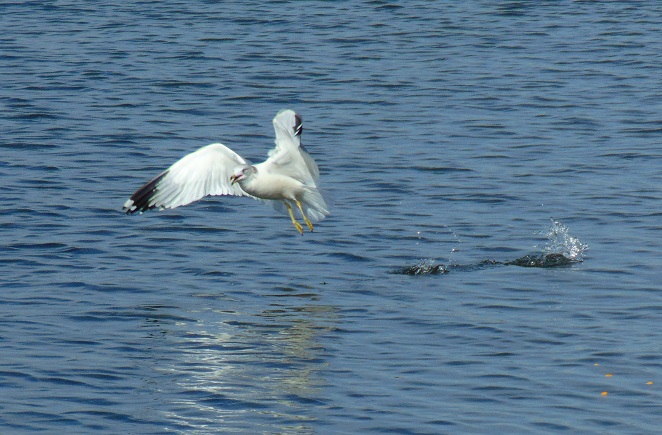Following a frosty night, sunny skies and a south breeze brought lots of action to the headquarters garden this morning. Take a look…
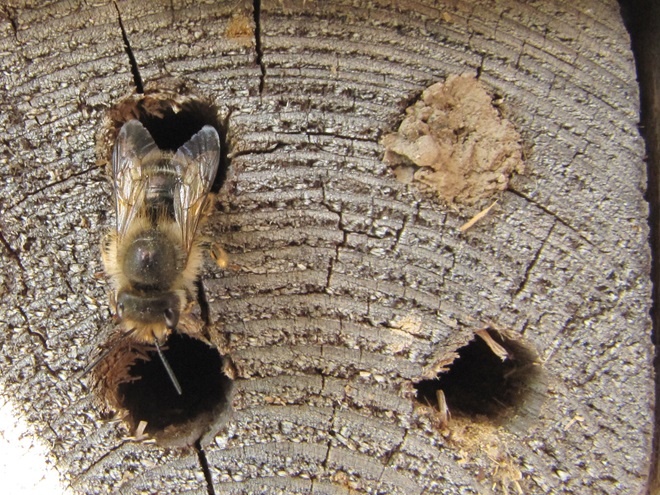
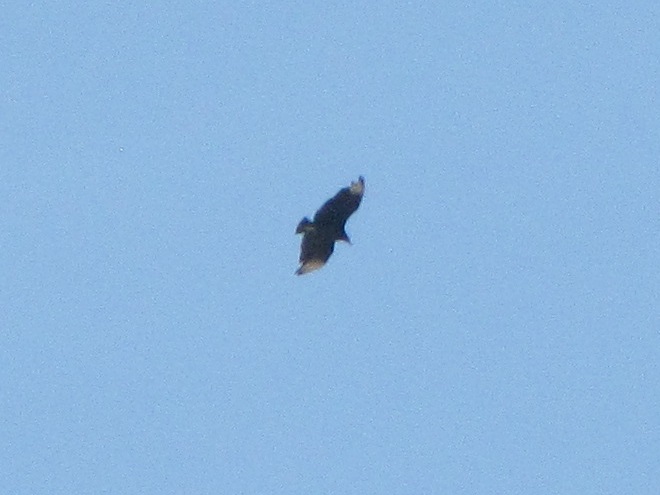
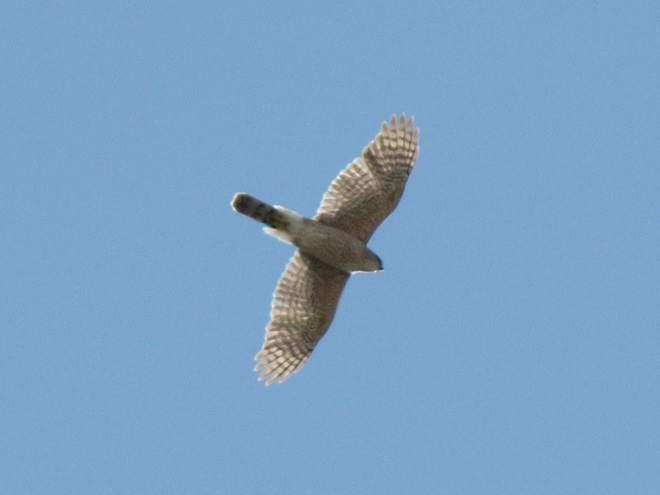
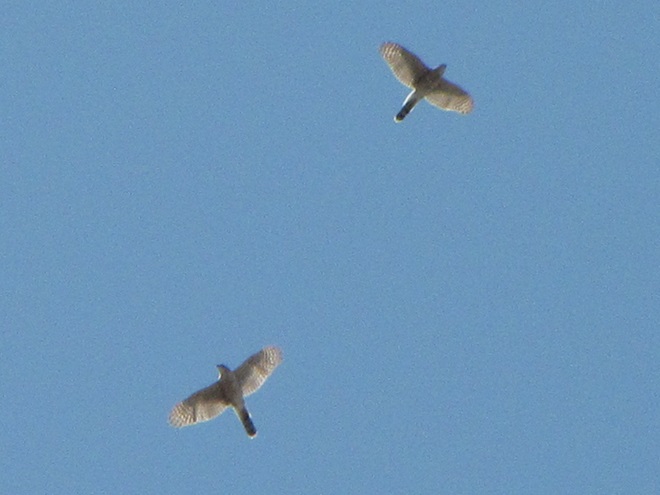
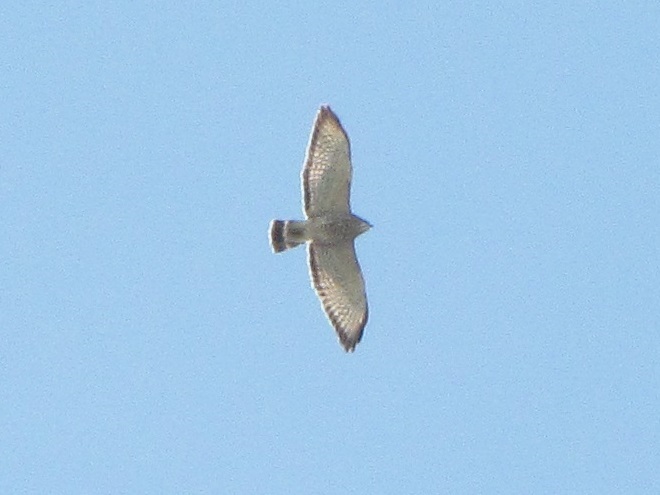
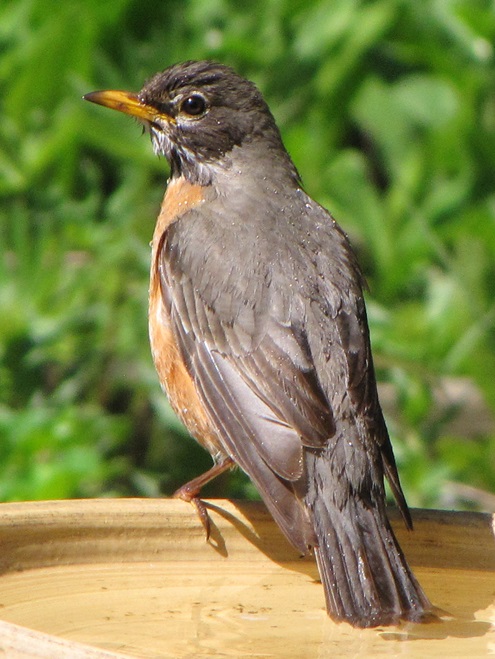
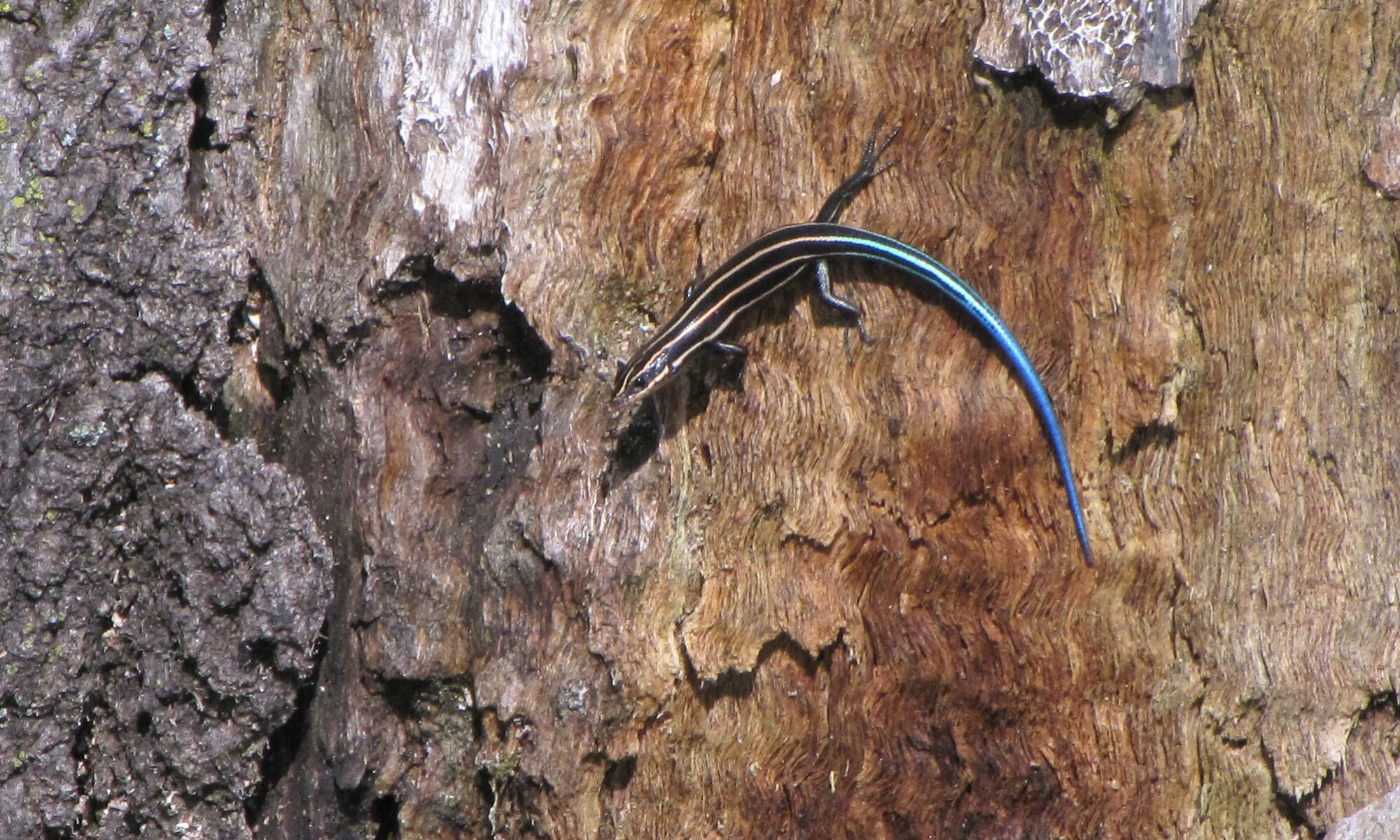
LIFE IN THE LOWER SUSQUEHANNA RIVER WATERSHED
A Natural History of Conewago Falls—The Waters of Three Mile Island
Following a frosty night, sunny skies and a south breeze brought lots of action to the headquarters garden this morning. Take a look…






Looks like I’m gonna be in the doghouse again—this time by way of the hen house. But why should I care? Here we go.
A few weeks ago, back when eggs were still selling for less than five dollars a dozen, the Pennsylvania Department of Agriculture renewed calls for owners and caretakers of outdoor flocks of domestic poultry (backyard chickens) to keep their birds indoors to protect them from the spread of bird flu—specifically “Highly Pathogenic Avian Influenza” (H.P.A.I.). At least one story edited and broadcast by a Susquehanna valley news outlet gave the impression that “vultures and hawks” are responsible for the spread of avian flu in chickens. To see if recent history supports such a deduction, let’s have a look at the U.S.D.A.’s Animal and Plant Health Inspection Service’s 2022-2023 list of the detection of Highly Pathogenic Avian Influenza in birds affected in counties of the Lower Susquehanna River Watershed in Pennsylvania.
This listing includes date of detection, county of collection, type/species of bird, and number of birds affected. WOAH (World Organization for Animal Health) birds include backyard poultry, game birds raised for eventual release, domestic pet species, etc.
12/30/2022 Adams Black Vulture
12/15/2022 Lancaster Canada Goose
12/15/2022 Lebanon Black Vulture
12/15/2022 Adams Black Vulture (3)
11/8/2022 Cumberland Black Vulture (4)
11/4/2022 Dauphin WOAH Non-Poultry (130)
10/19/2022 Dauphin Captive Wild Rhea (4)
10/17/2022 Adams Commercial Turkey (15,100)
10/11/2022 Adams WOAH Poultry (2,800)
9/30/2022 Lancaster Mallard
9/30/2022 Lancaster Mallard
9/29/2022 Lancaster WOAH Non-Poultry (180)
9/29/2022 York Commercial Turkey (25,900)
8/24/2022 Dauphin Captive Wild Crane
7/15/2022 Lancaster Great Horned Owl
7/15/2022 York Bald Eagle
7/15/2022 Dauphin Bald Eagle
6/16/2022 Dauphin Black Vulture
6/16/2022 Dauphin Black Vulture (4)
5/31/2022 Lancaster Black Vulture (2)
5/31/2022 Lancaster Black Vulture
5/10/2022-Lncstr-Commercial Egg Layer (72,300)
4/29/2022-Lncstr-Commercial Duck (19,300)
4/27/2022-Lncstr-Commercial Broiler (18,100)
4/26/2022-Lncstr-Commercial Egg Layer (307,400)
4/22/2022-Lncstr-Commercial Broiler (50,300)
4/20/2022-Lncstr-Commercial Egg Layer (1,127,700)
4/20/2022-Lncstr-Commercial Egg Layer (879,400)
4/15/2022-Lncstr-Commercial Egg Layer (1,380,500)
In the Lower Susquehanna River Watershed, it’s pretty obvious that the outbreak of avian flu got its foothold inside some of the area’s big commercial poultry houses. Common sense tells us that hawks, vultures, and other birds didn’t migrate north into the Lower Susquehanna River Watershed carrying bird flu, then kick in the doors of the enclosed hen houses to infect the flocks of chickens therein. Anyone paying attention during these past three years knows that isolation and quarantine are practices more easily proposed than sustained. Human footprints are all over the introduction of this infection into these enormous flocks. Simply put, men don’t wipe their feet when no one is watching! The outbreak of bird flu in these large operations was brought under control quickly, but not until teams of state and federal experts arrived to assure proper sanitary and isolation practices were being implemented and used religiously to prevent contaminated equipment, clothing, vehicles, feed deliveries, and feet from transporting virus to unaffected facilities. Large poultry houses aren’t ideal enclosures with absolute capabilities for excluding or containing viruses and other pathogens. Exhaust systems often blow feathers and waste particulates into the air surrounding these sites and present the opportunity for flu to be transported by wind or service vehicles and other conveyances that pass through contaminated ground then move on to other sites—both commercial and non-commercial. Waste material and birds (both dead and alive) removed from commercial poultry buildings can spread contamination during transport and after deposition. The sheer volume of the potentially infected organic material involved in these large poultry operations makes absolute containment of an outbreak nearly impossible.

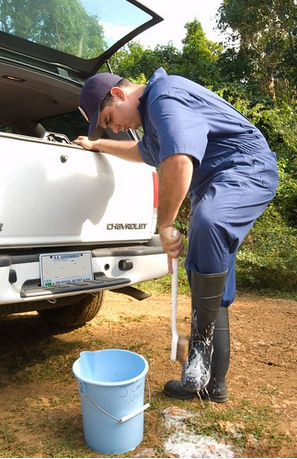
Looking at the timeline created by the list of U.S.D.A. detections, the opportunity for bird flu to leave the commercial poultry loop probably happened when wild birds gained access to stored or disposed waste and dead animals from an infected commercial poultry operation. For decades now, many poultry operations have dumped dead birds outside their buildings where they are consumed by carrion-eating mammals, crows, vultures, Bald Eagles, and Red-tailed Hawks. For these species, discarded livestock is one of the few remaining food sources in portions of the Lower Susquehanna River Watershed where high-intensity farming has eliminated other forms of sustenance. They will travel many miles and gather in unnatural concentrations to feast on these handouts—creating ideal circumstances for the spread of disease.
The sequence of events indicated by the U.S.D.A. list would lead us to infer that vultures and Bald Eagles were quick to find and consume dead birds infected with H5N1—either wild species such as waterfowl or more likely domestic poultry from commercial operations or from infectious backyard flocks that went undetected. As the report shows, Black Vultures in particular seem to be susceptible to morbidity. Their frequent occurrence as victims highlights the need to dispose of potentially infectious poultry carcasses properly—allowing no access for hungry wildlife including scavengers.
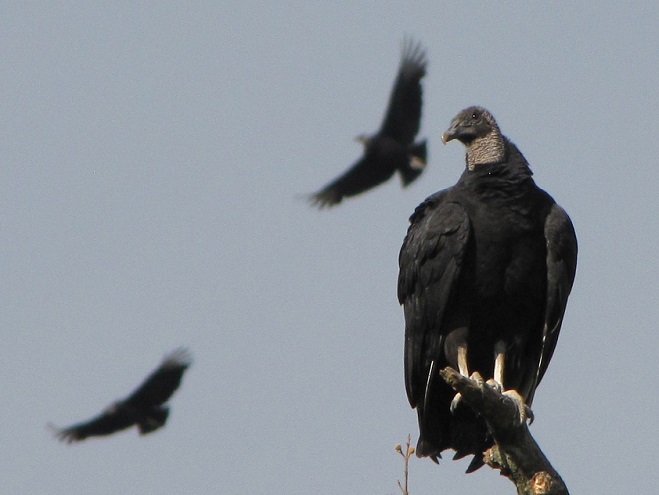
The positive test on a Great Horned Owl is an interesting case. While the owl may have consumed an infected wild bird such as a crow, there is the possibility that it consumed or contacted a mammalian scavenger that was carrying the virus. Aside from rodents and other small mammals, Great Horned Owls also prey upon Striped Skunks with some regularity. Most of the dead poultry from flu-infected commercial flocks was buried onsite in rows of above-ground mounds. Skunks sniff the ground for subterranean fare, digging up invertebrates and other food. Buried chickens at a flu disposal site would constitute a feast for these opportunistic foragers. A skunk would have no trouble at all finding at least a few edible scraps at such a site. Then a Great Horned Owl could easily seize and feed upon such a flu virus-contaminated skunk.
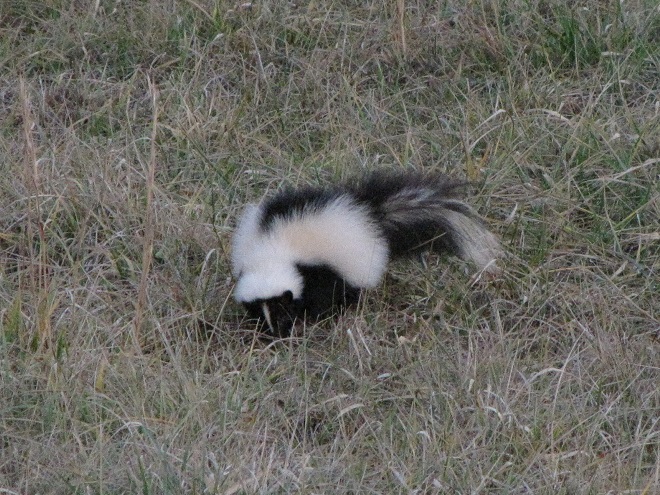
Before we proceed, the reader must understand the seldom-stated and never advertised mission of the Pennsylvania Department of Agriculture—to protect the state’s agriculture industry. That’s it; that’s the bottom line. Regulation and enforcement of matters under the purview of the agency have their roots in this goal. While they may also protect the public health, animal health, and other niceties, the underlying purpose of their existence in its current manifestation is to protect the agriculture industry(s) as a whole.
This is not a trait unique to the Pennsylvania Department of Agriculture. It is at the core of many other federal and state agencies as well. Following the publication of Upton Sinclair’s The Jungle in 1906, a novel decrying “wage slavery” in the meat packing industry, the federal government took action, not for the purpose of improving the working conditions for labor, but to address the unsanitary food-handling practices described in the book by creating an inspection program to restore consumer confidence in the commercially-processed meat supply so that the industry would not crumble.
Locally, few things make the dairy industry and the Pennsylvania Department of Agriculture more nervous than small producers selling “raw milk”. In the days before pasteurization and refrigeration, people were frequently sickened and some even died from drinking bacteria-contaminated “raw milk”. In Pennsylvania, the production and sale of dairy products including “raw milk” is closely regulated and requires a permit. Retention of a permit requires submitting to inspections and passing periodic herd and product testing. Despite the dangers, many consumers continue to buy “raw milk” from farms without permits. These sales are like a ticking time bomb. The bad publicity from an outbreak of food-borne illness traced back to a dairy product—even if it originated in an “outlaw” operation—could decimate sales throughout the industry. Because just one sloppy farm selling “raw milk” could instantly erode consumer confidence and cause an industry-wide collapse of the market resulting in a loss of millions of dollars in sales, it is a deeply concerning issue.
Enter the backyard chicken—a two-fold source of anxiety for the poultry industry and its regulators. Like unregulated meat and dairy products, eggs and meat from backyard poultry flocks are often marketed without being monitored for the pathogens responsible for the transmission of food-borne illness. From the viewpoint of the poultry industry, this situation poses a human health risk that in the event of an outbreak, could erode consumer confidence, not only in homegrown organic and free-range products, but in the commercial line of products as well. Consumers can be very reactive upon hearing news of an outbreak, recalling few details other than “the fowl is foul”— then refraining from buying poultry products. The second and currently most concerning source of trepidation among members of the poultry industry though is the threat of avian flu and other diseases being harbored in and transmitted via flocks of backyard birds.
The Green Revolution, the post-World War II initiative that integrated technology into agriculture to increase yields and assure an adequate food supply for the growing global population, brought changes to the way farmers raised poultry for market. Small-scale poultry husbandry slowly disappeared from many farms. Instead, commercial operations concentrated birds into progressively-larger indoor flocks to provide economy of scale. Over time, genetics and nutrition science have provided the American consumer with a line of readily available high-quality poultry products at an inexpensive price. Within these large-scale operations, poultry health is closely monitored. Though these enclosures may house hundreds of thousands of birds, the strategy during an outbreak of communicable disease is to contain an outbreak to the flock therein, writing it off so to speak to prevent the pathogens from finding their way into the remainder of the population in a geographic area, thus saving the industry at the expense of the contents of a single operation. Adherence to effective biosecurity practices can contain outbreaks in this way.
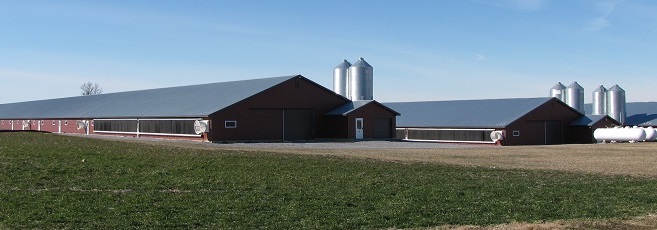
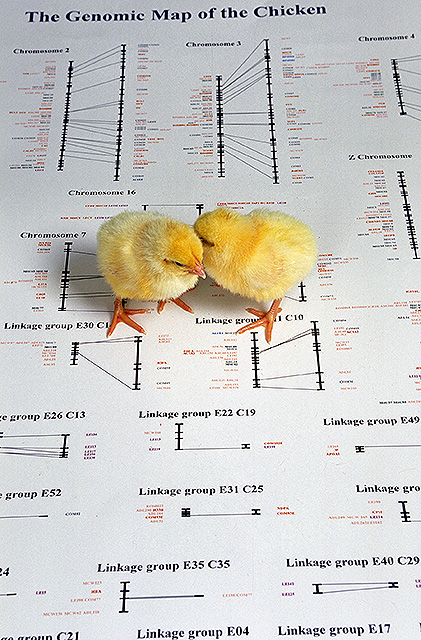
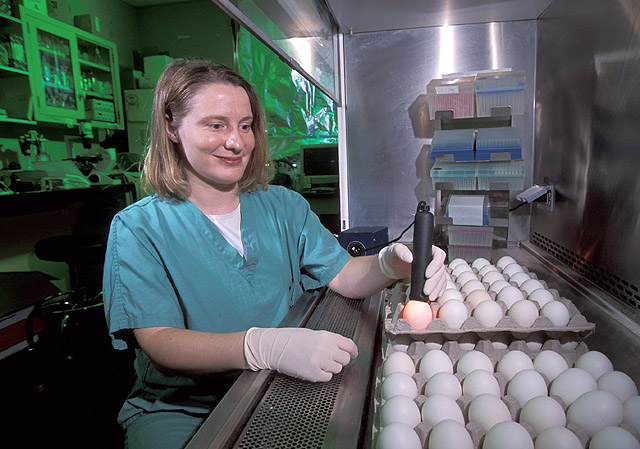
The renewed popularity of backyard poultry is a reversal of the decades-long trend towards reliance on ever-larger indoor operations for the production of birds and eggs. But backyard flocks may make less-than-ideal neighbors for commercial operations, particularly when birds are left to roam outdoors. Visitors to properties with roaming chickens, ducks, geese, and turkeys may pick up contamination on their shoes, clothing, tires, and equipment, then transmit the pathogenic material to flocks at other sites they visit without ever knowing it. Even the letter carrier can carry virus from a mud puddle on an infected farm to a grazing area on a previously unaffected one. Unlike commercial operations, hobby farms frequently buy, sell, and trade livestock and eggs without regard to disease transmission. The rate of infection in these operations is always something of a mystery. No state or county permits are required for keeping small numbers of poultry and outbreaks like avian flu are seldom reported by caretakers of flocks of home-raised birds, though their occurrence among them may be widespread. The potential for pathogens like avian flu virus circulating long-term among flocks of backyard poultry in close proximity to commercial houses is a real threat to the industry.

There are a variety of motivations for tending backyard poultry. While for some it is merely a form of pet keeping, others are more serious about the practice—raising and breeding exotic varieties for show and trade. Increasingly, backyard flocks are being established by people seeking to provide their own source of eggs or meat. For those with larger home operations, supplemental income is derived from selling their surplus poultry products. Many of these backyard enthusiasts are part of a movement founded on the belief that, in comparison to commercially reared birds, their poultry is raised under healthier and more humane conditions by roaming outdoors. Organic operators believe their eggs and meat are safer for consumption—produced without the use of chemicals. For the movement’s most dedicated “true believers”, the big poultry industry is the antagonist and homegrown fowl is the only hope. It’s similar to the perspective members of the “raw milk” movement have toward pasteurized milk. True believers are often willing to risk their health and well-being for the sake of the cause, so questioning the validity of their movement can render a skeptic persona non grata.
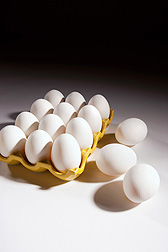
For the consumer, the question arises, “Are eggs and poultry from the small-scale operations better?”
While many health-conscious animal-friendly consumers would agree to support the small producer from the local farm ahead of big business, the reality of supplying food for the masses requires the economy of scale. The billions of people in the world can’t be fed using small-scale and/or organic growing methods. The Green Revolution has provided record-high yields by incorporating herbicides, insecticides, plastic, and genetic modification into agriculture. To protect livestock and improve productivity, enormous indoor operations are increasingly common. Current economics tell the story—organic production can’t keep up with demand, that’s why the prices for items labelled organic are so much higher.
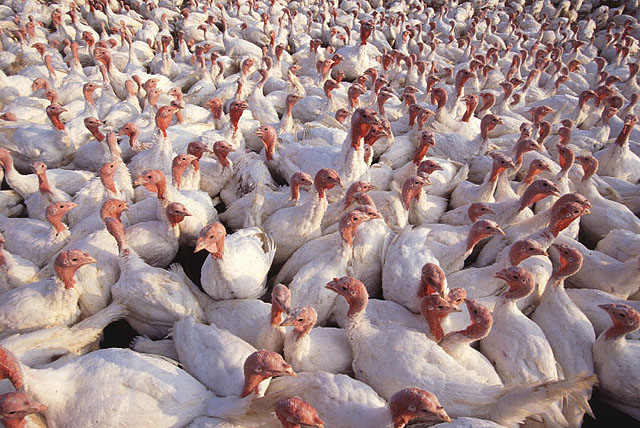
To the consumer, buying poultry raised outdoors is an appealing option. Compared to livestock crowded into buildings, they feel good about choosing products from small operations where birds roam free and happy in the sunshine.
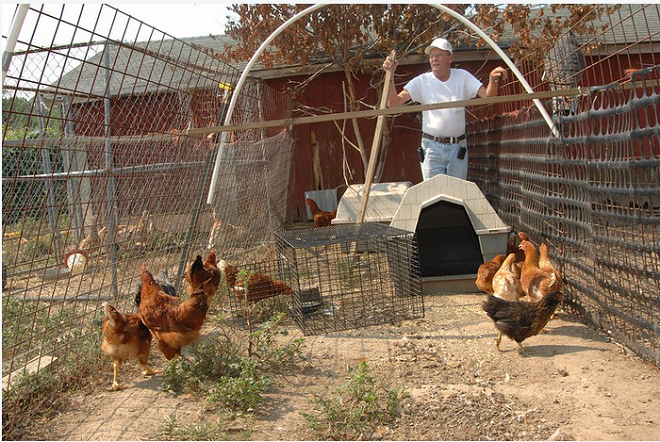
But is the quality really better? Some research indicates not. Salmonella outbreaks have been traced back to poultry meat sourced from small unregulated operations. Studies have found dioxins in eggs produced by hens left to forage outdoors. The common practice of burning trash can generate a quantity of ash sufficient to contaminate soils with dioxins, chemical compounds which persist in the environment and in the fatty tissue of animals for years. The presence of elevated levels of dioxins in eggs from outdoor grazing operations may pose a potential consumer confidence liability for the entire egg industry.
Birds raised or kept in an outdoor zoo or backyard poultry setting can be susceptible to viruses and other pathogens when wild birds including vultures and hawks become attracted to the captives’ food and water when it is placed in an accessible location. In addition, hunting and scavenging birds are opportunistic— attracted to potential food animals when they perceive vulnerability. Selective breeding under domestication has rendered food poultry fat, dumb, and too genetically impaired for survival in the wild. These weaknesses instantly arouse the curiosity of raptors and other predators whose function in the food web is to maintain a healthy population of animals at lower tiers of the food chain by selectively consuming the sickly and weak. In settings such as those created by high-intensity agriculture and urbanization, wild birds may find the potential food sources offered by outdoor zoos and backyard poultry irresistible. As a result they may perch, loaf, and linger around these locations—potentially exposing the captive birds to their droppings and transmission of bird flu and other diseases.
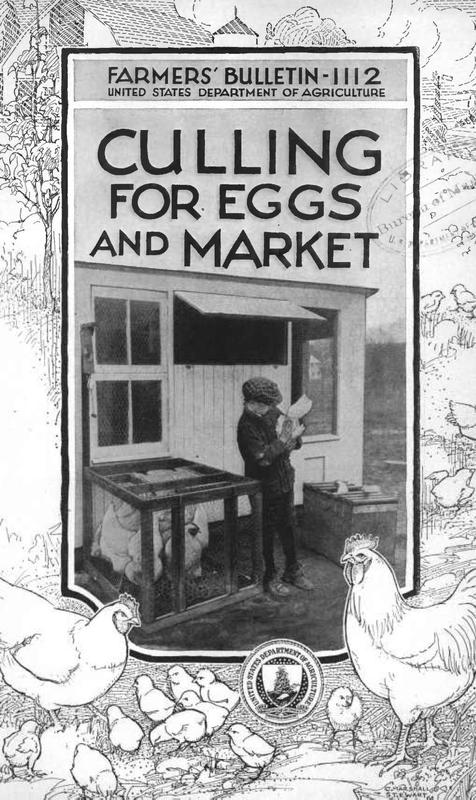
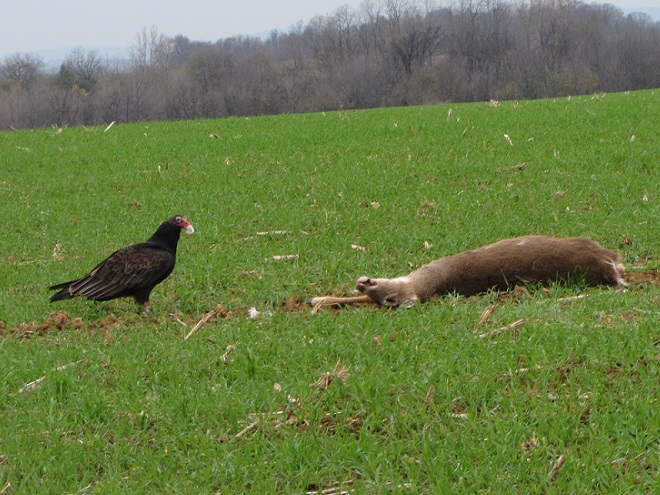
While outdoor poultry operations usually raise far fewer birds than their commercial counterparts, their animals are still kept in densities high enough to promote the rapid spread of microbiological diseases. Clusters of outdoor flocks can become a reservoir of pathogens with the capability of repeatedly circulating disease into populations of wild birds and even into commercial poultry operations—threatening the industry and food supply for millions of people. For this reason, state and federal agencies are encouraging operators to keep backyard poultry indoors—segregated from natural and anthropogenic disease vectors and conveyances that might otherwise visit and interact with the flock.
The hobby farmer, the homesteader, the pet keeper, and the consumer seldom realize what the modern farmer is coming to know—domestic livestock must be segregated from the sources of contamination and disease that occur outdoors. Adherence to this simple concept helps assure improved health for the animals and a safer food supply for consumers. In the future, outdoor production of domestic animals, particularly those used as a food supply, is likely to be classified as an outdated and antiquated form of animal husbandry.
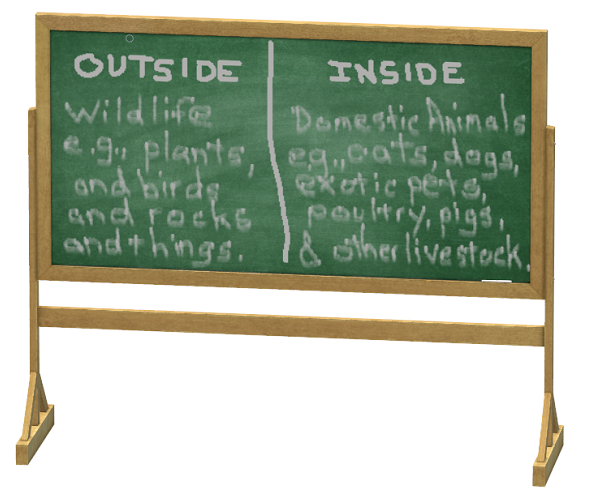
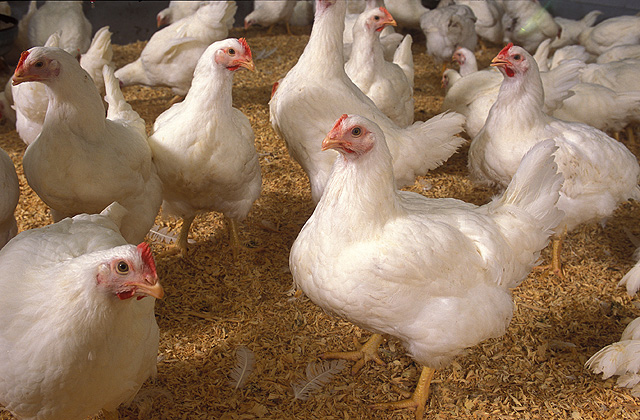
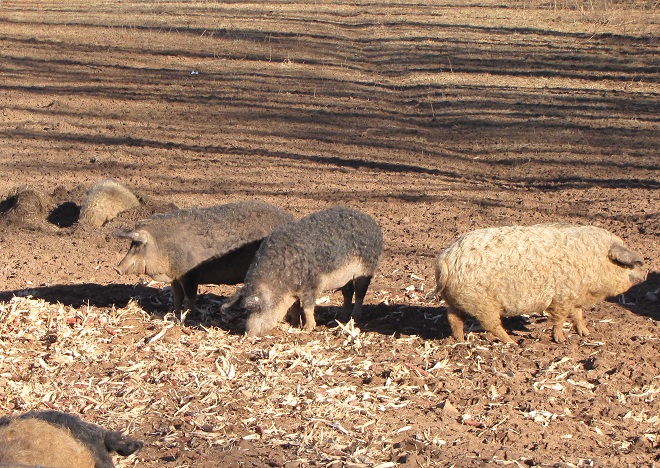
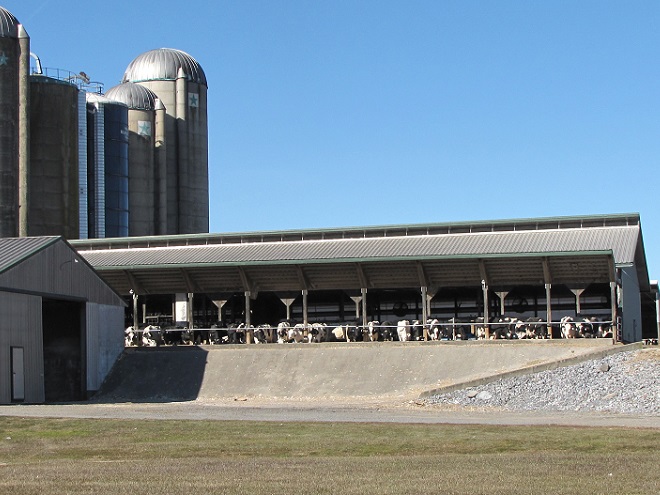
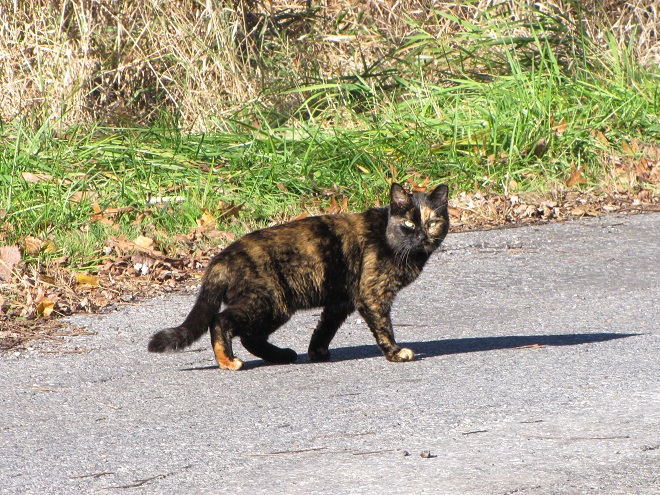
If there are three things the world learned from the SARS CoV-2 (Covid-19) epidemic, it’s that 1) eating or handling bush meat can bring unwanted surprises, 2) dense populations of very mobile humans are ideal mediums for uncontrolled transmission of disease, and 3) quarantine is easier said than done.
If you think viruses are bad, you don’t even want to know about prions. Prions are a prime example of why now is a good time to begin housing domestic animals, including pets, indoors to segregate them from wildlife. And prions are a good example of why we really ought to think twice about relying on wild animals as a source of food. Prions may make us completely rethink the way we interact with animals of any kind—but we had better do our thinking fast because prions turn the brains of their victims into Swiss cheese.
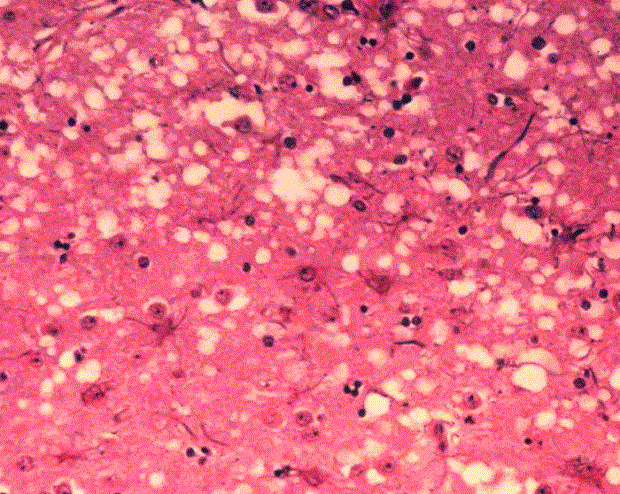
Diseases caused by prions are rapidly progressing neurodegenerative disorders for which there is no cure. Prions are an abnormal isoform of a cellular glycoprotein. They are currently rare, but prions, because they are not living entities, possess the ability to begin accumulating in the environment. They not only remain in detritus left behind by the decaying carcasses of afflicted animals, but can also be shed in manure—entering soils and becoming more and more prevalent over time. Some are speculating that they could wind up being man’s downfall.
The Centers for Disease Control lists these human afflictions caused by prions…
The Centers for Disease Control lists these prion-caused ailments of other animals…
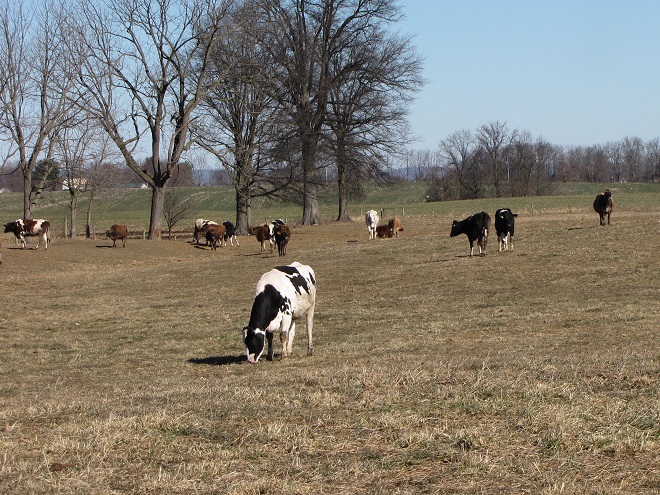
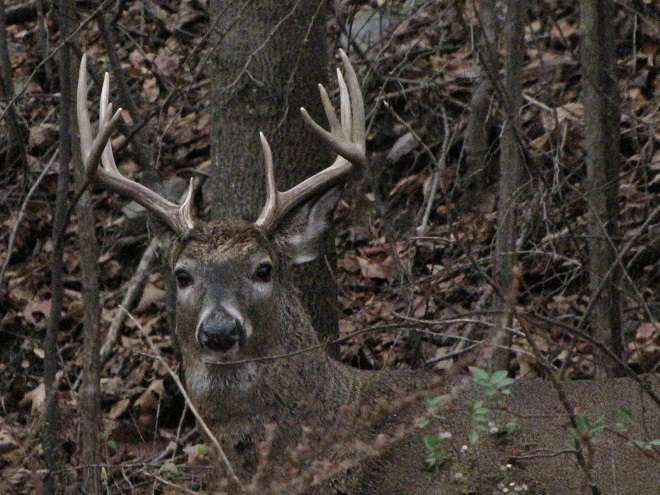
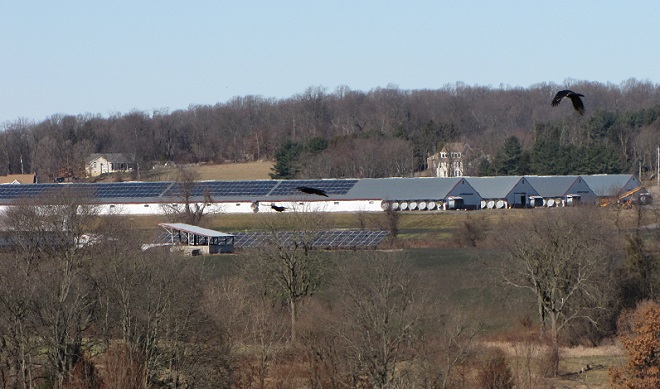
SOURCES
Schoeters, Greet, and Ron Hoogenboom. 2006. Contamination of Free-range Chicken Eggs with Dioxins and Dioxin-like Polychlorinated Biphenyls. Molecular Nutrition and Food Research. (10):908-14.
Szczepan, Mikolajczyk, Marek Pajurek, Malgorzata Warenik-Bany, and Sebastian Maszewski. 2021. Environmental Contamination of Free-range Hen with Dioxin. Journal of Veterinary Research. 65(2):225-229.
U.S.D.A. Animal and Plant Inspection Service. 2022 Confirmations of Highly Pathogenic Avian Influenza. aphis.usda.gov/aphis/ourfocus/animalhealth/animal-disease-information/avian/avian-influenza/hpai-2022/2022-hpai-commercial-backyard-flocks as accessed January 14, 2023.
U.S.D.A. Animal and Plant Inspection Service. 2022 Confirmations of Highly Pathogenic Avian Influenza. aphis.usda.gov/aphis/ourfocus/animalhealth/animal-disease-information/avian/avian-influenza/hpai-2022/2022-hpai-wild-birds as accessed January 14, 2023.
You need to see this to believe it—dozens, sometimes hundreds, of Bald Eagles doing their thing and you can stand or sit in just one place to take it all in.
Conowingo Dam on the Susquehanna River near Darlington, Maryland, attracts piscivores galore. Young Gizzard Shad (Dorosoma cepedianum) and other small fishes are temporarily stunned as they pass through the turbines and gated discharges at the hydroelectric facility’s power house. Waiting for them in the rapids below are predatory fishes including Striped Bass (Morone saxatilis), White Perch (Morone americana), several species of catfishes, and more. From above, fish-eating birds are on the alert for a disoriented turbine-traveler they can easily seize for a quick meal.
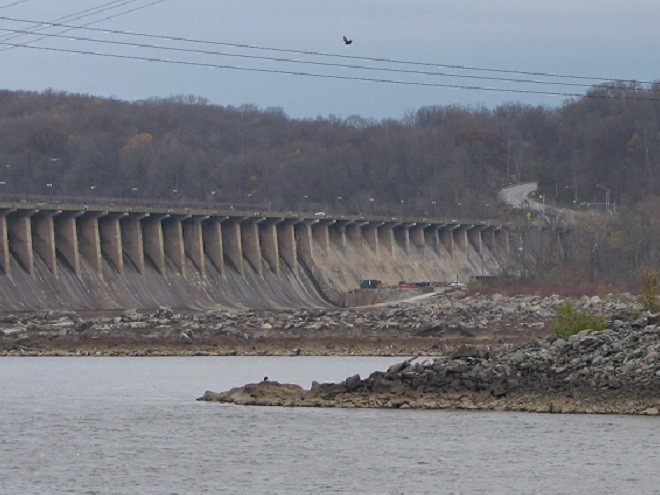
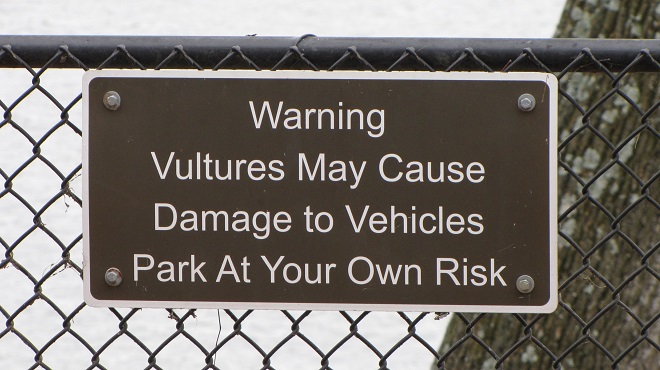

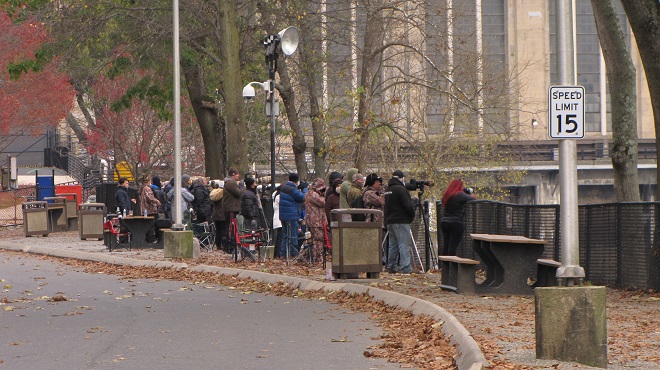
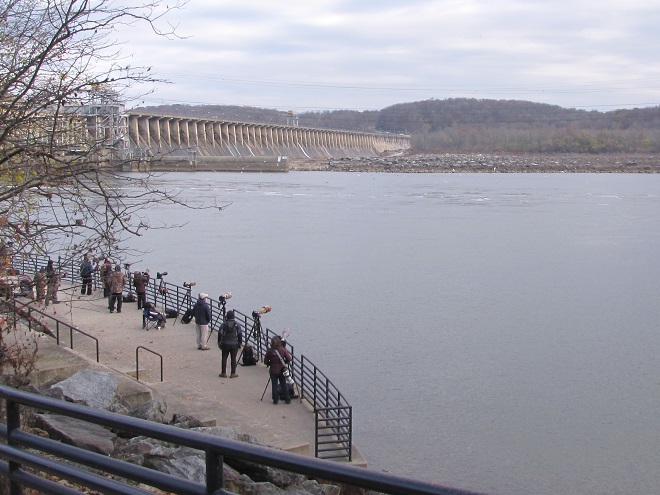
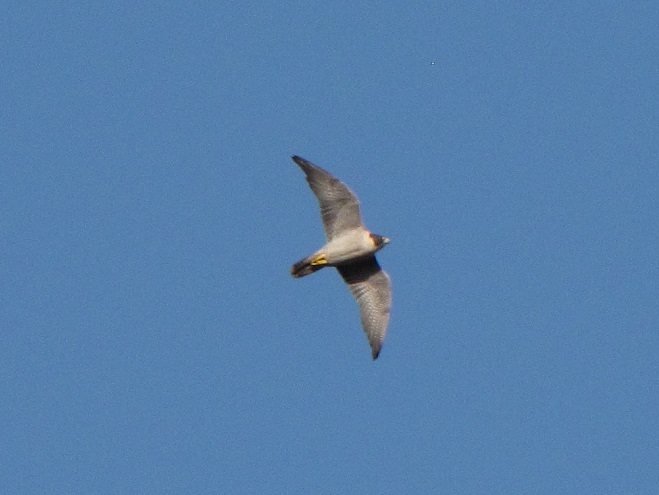
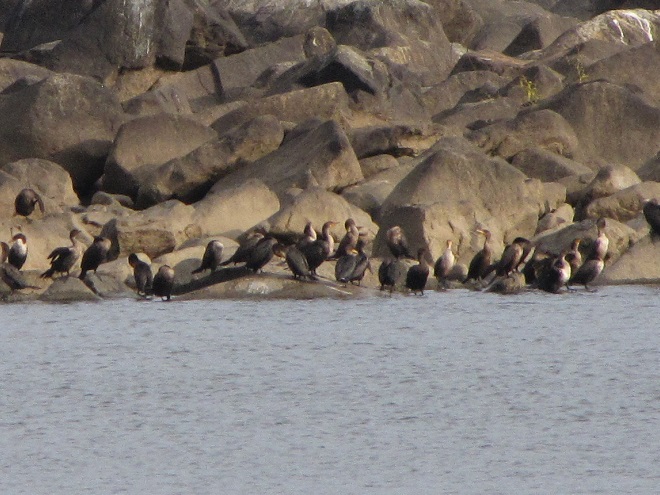
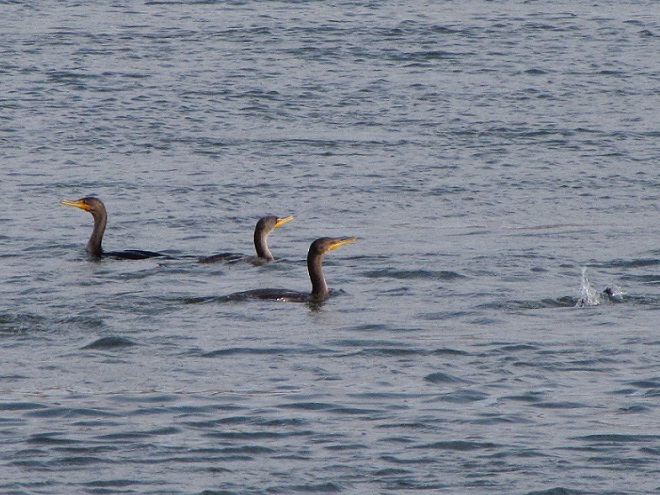
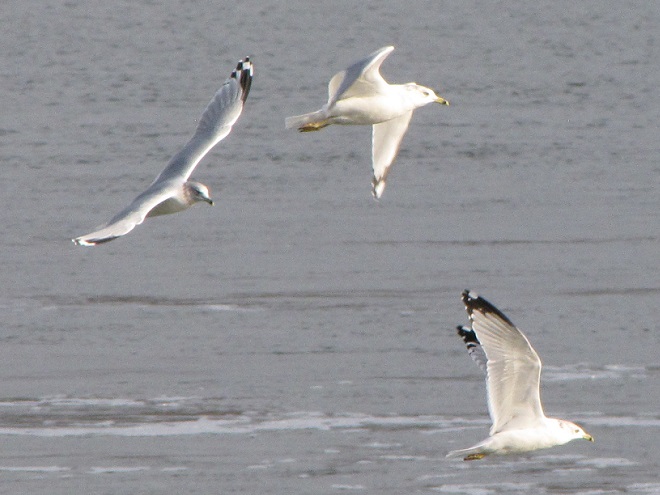
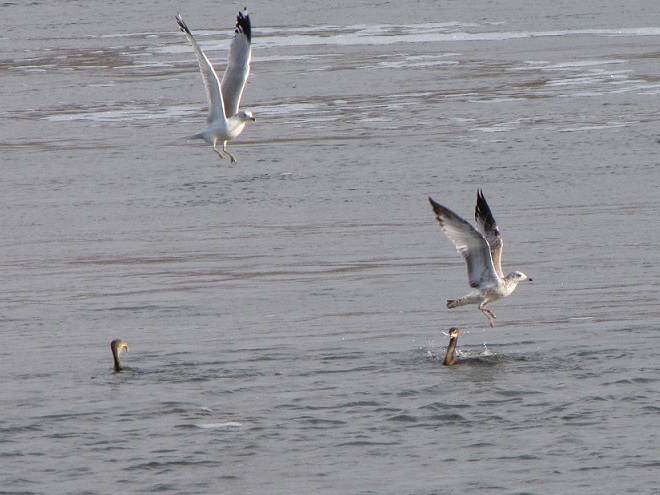
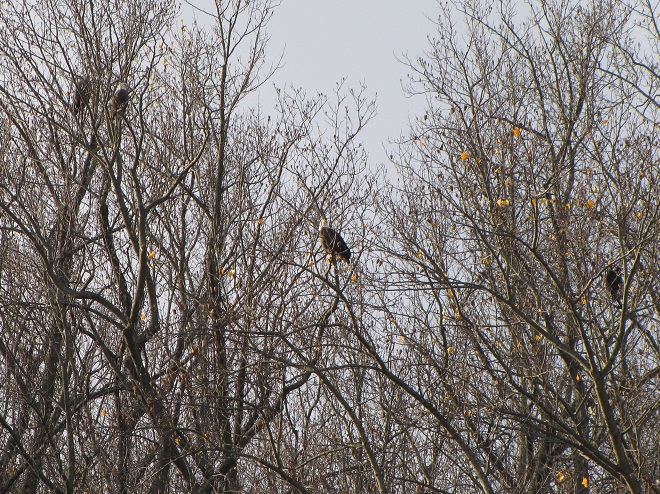
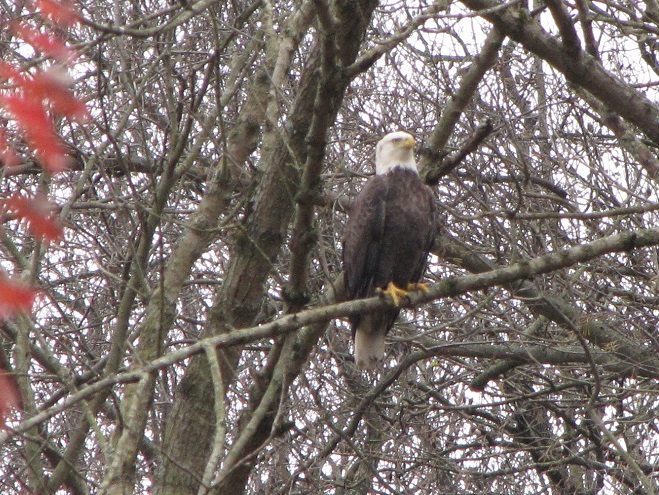
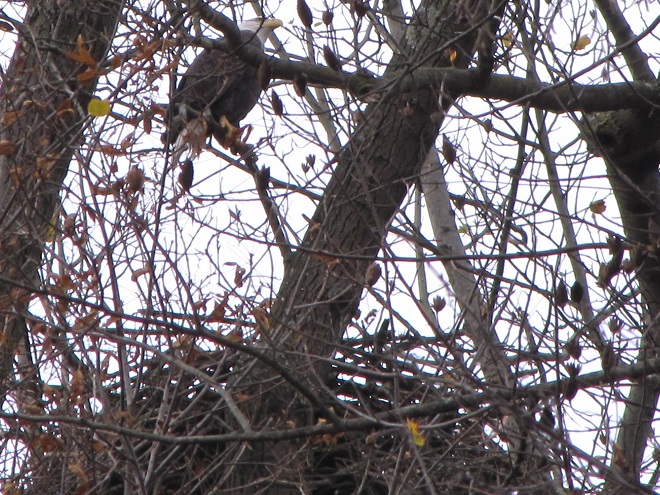
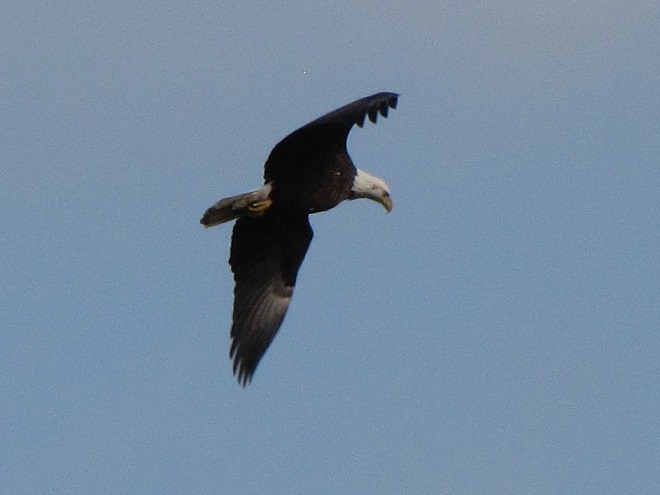
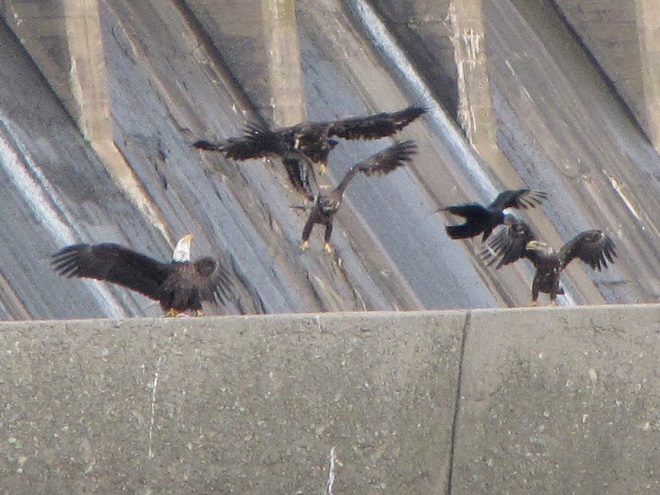
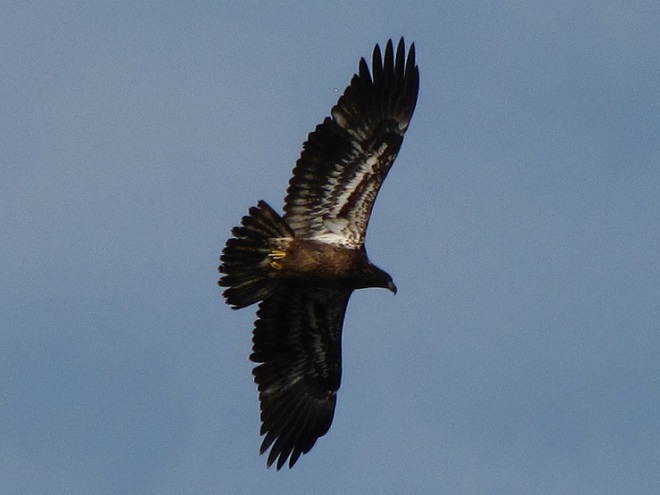
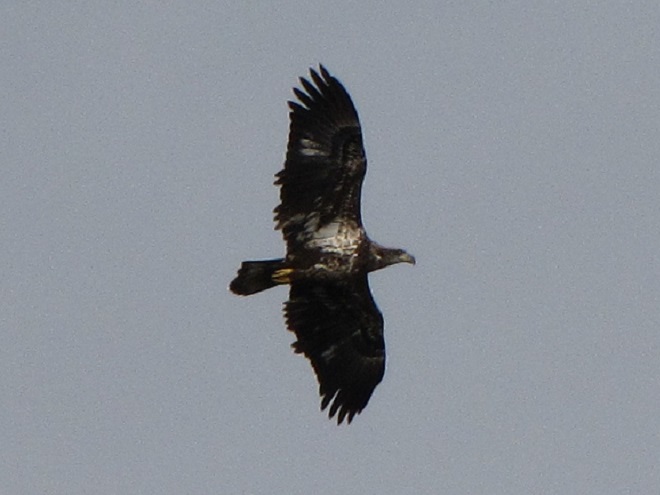
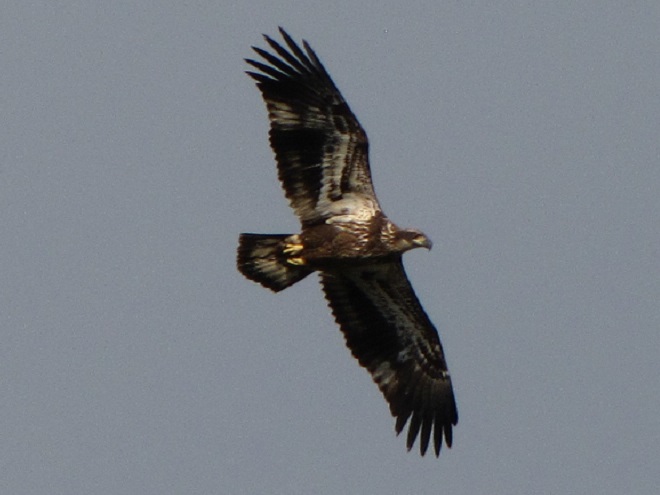
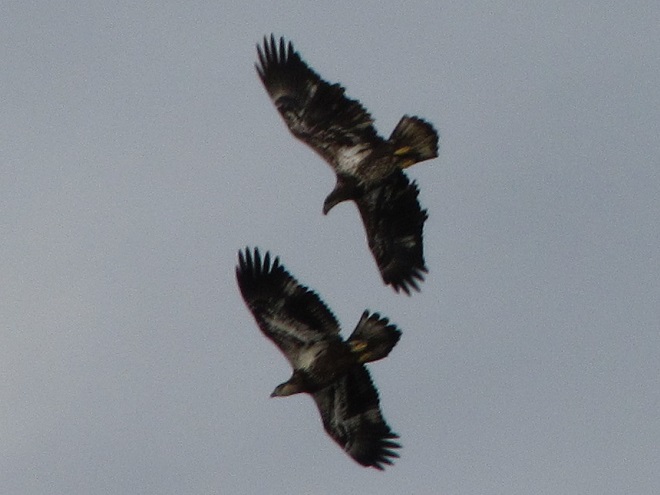
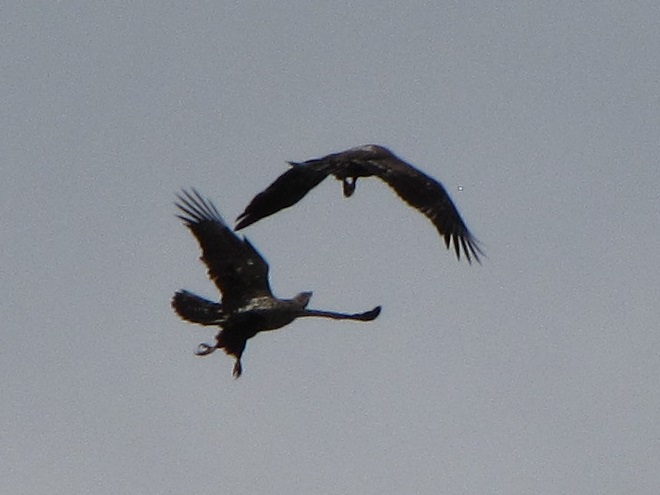
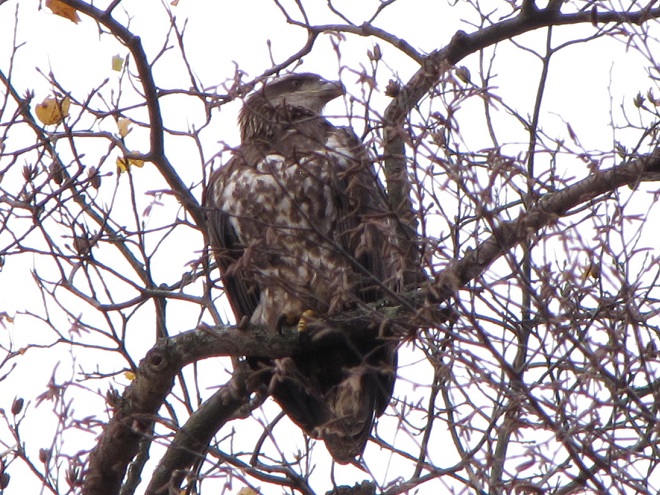
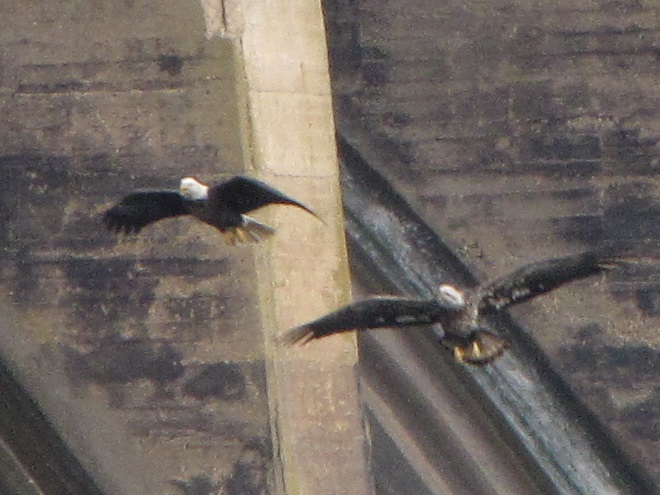
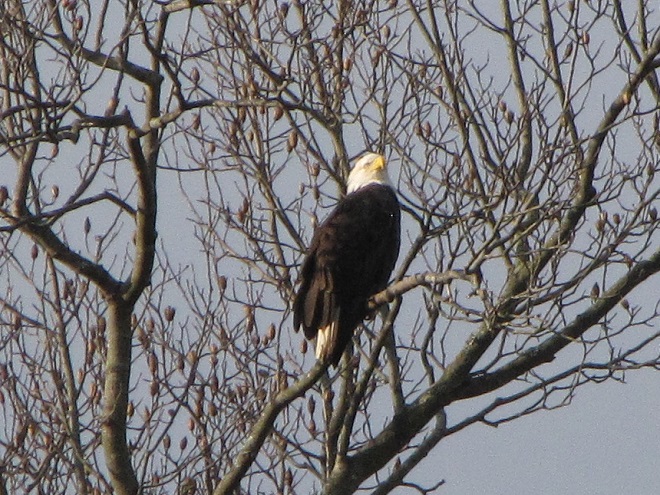

To reach Exelon’s Conowingo Fisherman’s Park from Rising Sun, Maryland, follow U.S. Route 1 south across the Conowingo Dam, then turn left onto Shuresville Road, then make a sharp left onto Shureslanding Road. Drive down the hill to the parking area along the river. The park’s address is 2569 Shureslanding Road, Darlington, Maryland.
As Bald Eagle numbers continue to increase, expect the parking lot to become full during weekends and over the Thanksgiving holiday. To avoid the crowds, plan to visit during a weekday.
You can get the generating schedule for the Conowingo Dam by calling the Conowingo Generation Hotline at 888-457-4076. The recording is updated daily at 5 P.M. to provide information for the following day.
Nothing beats spending a day at a hawk watch lookout—except of course spending a day at a hawk watch lookout when the birds are parading through nonstop for hours on end.
Check out Waggoner’s Gap, a hawk count site located on the border of Cumberland and Perry Counties atop Blue Mountain just north of Carlisle, Pennsylvania. It is by far the Lower Susquehanna River Watershed’s best location for observing large numbers of migrating raptors during the October and November flights.
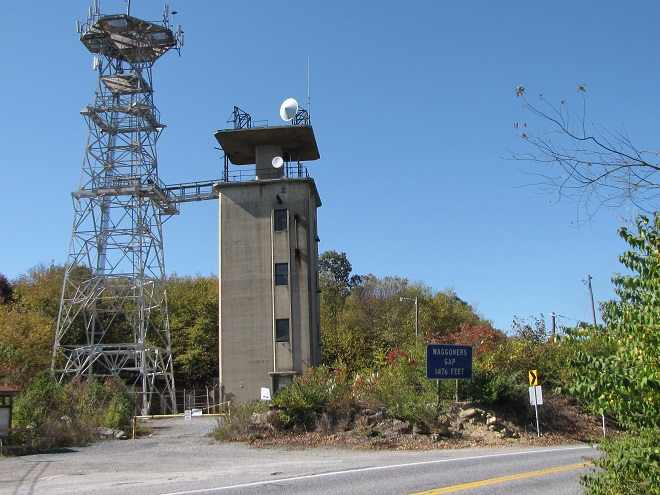
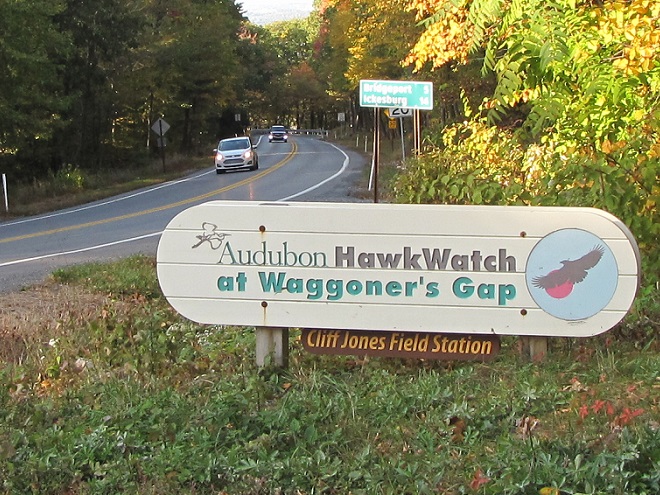
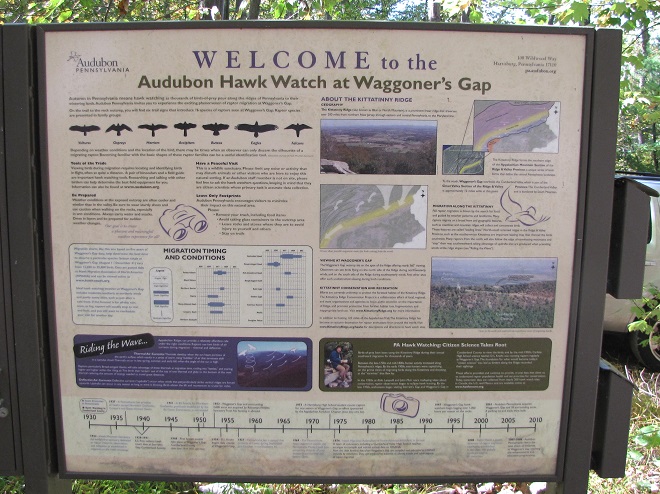
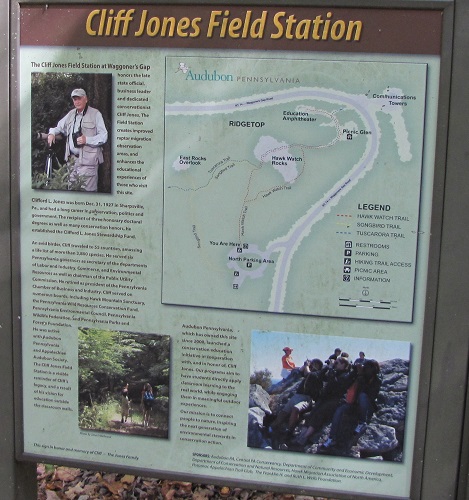
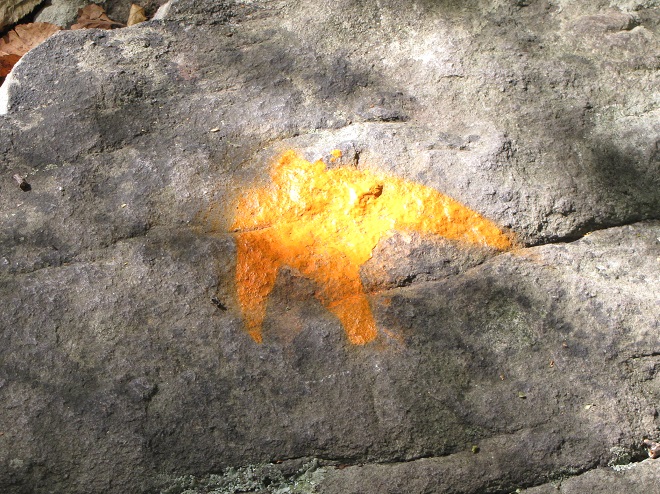
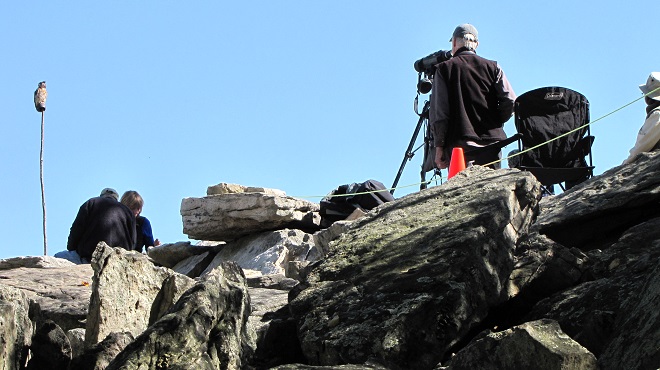
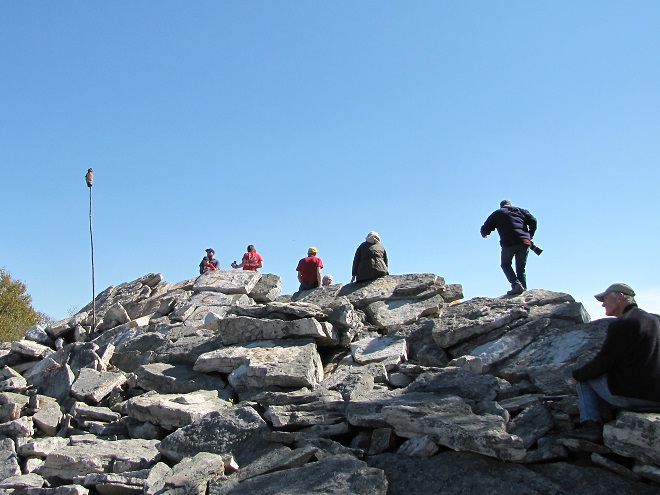
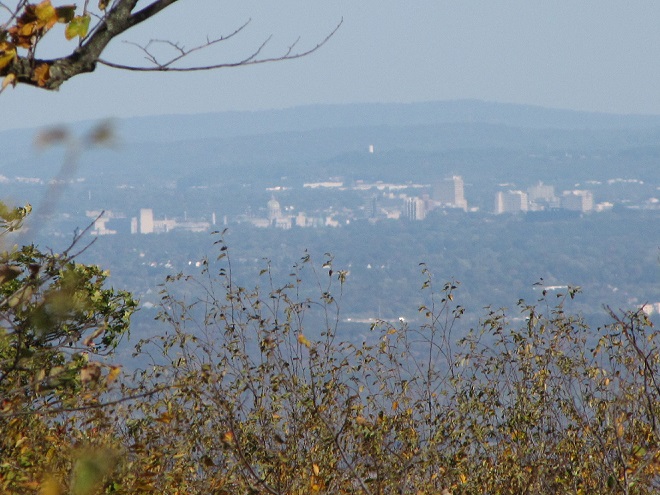
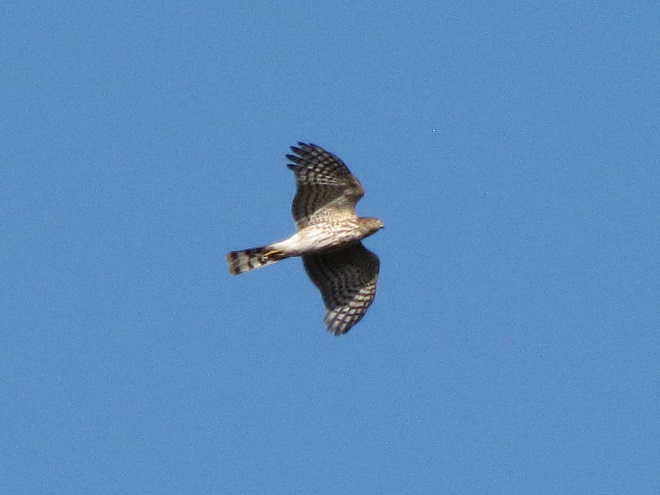

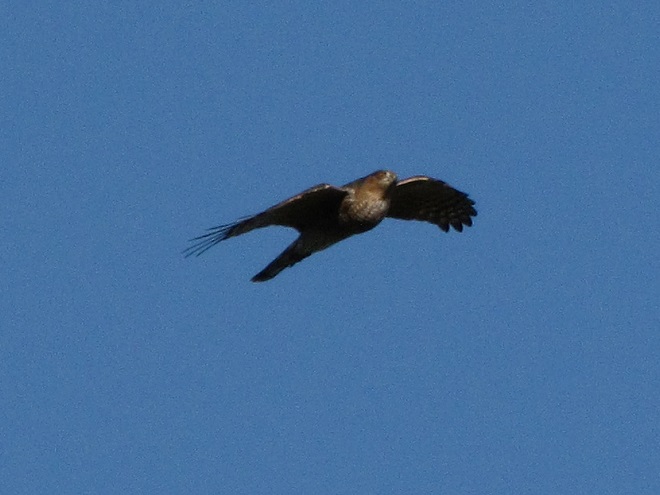
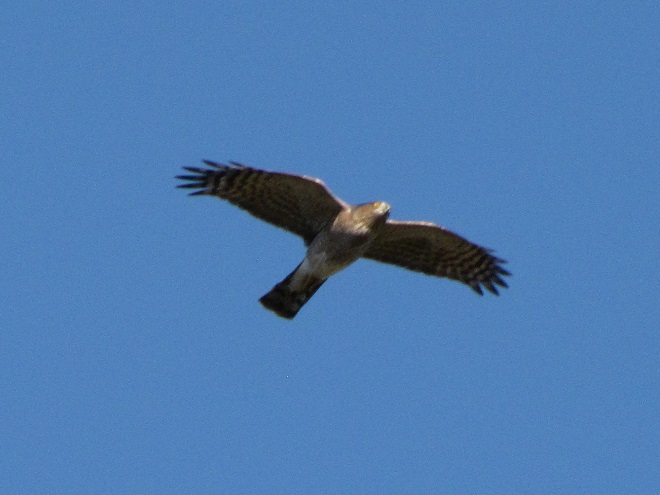
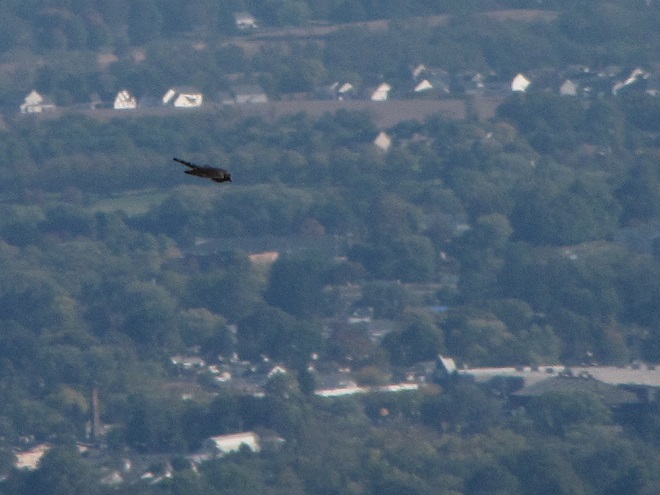
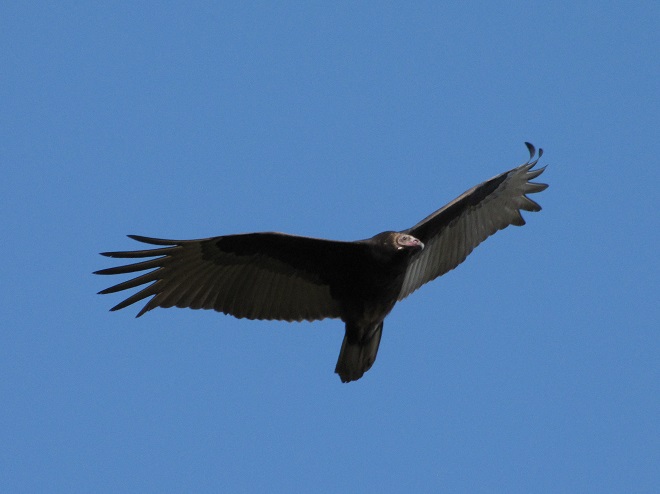
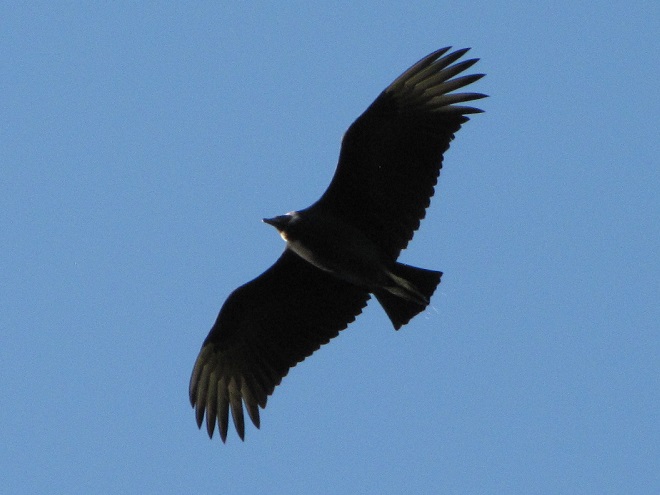
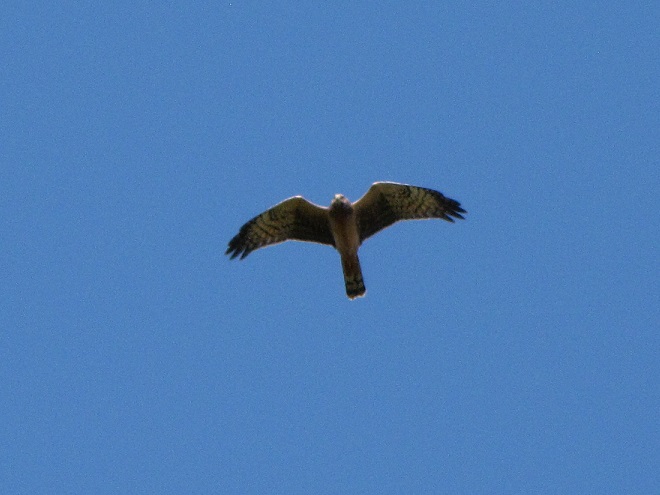

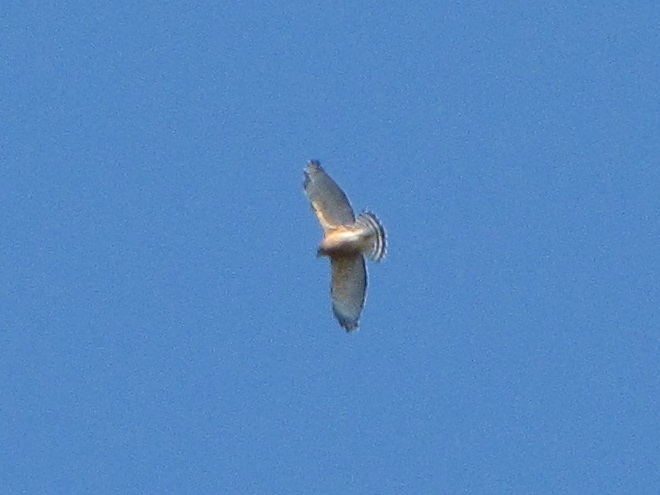
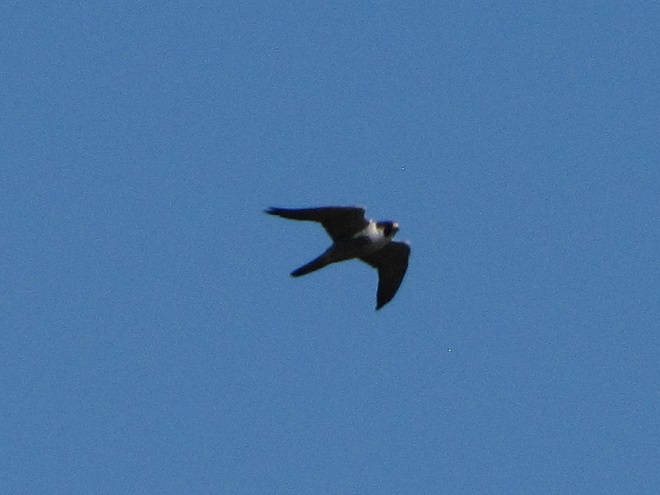

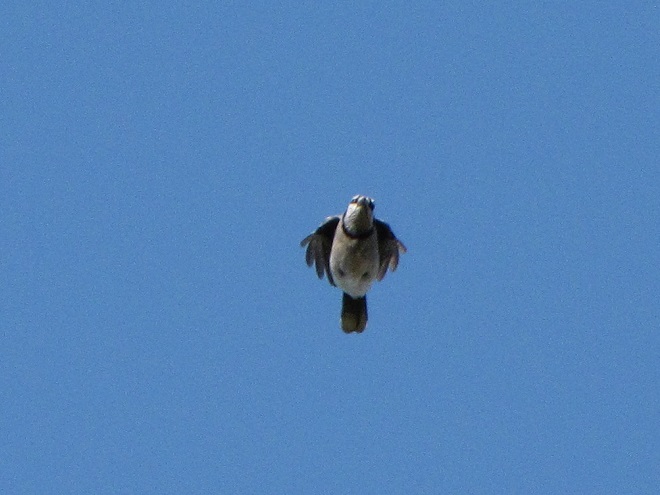
Waggoner’s Gap is a hardy birder’s paradise. During the latter portion of the season, excellent flights often occur on days that follow the passage of a cold front and have strong northwest winds. But be prepared, it can be brutal on those rocks during a gusty late-October or early-November day after the leaves fall—so dress appropriately.
To see the daily totals for the raptor count at Waggoner’s Gap Hawk Watch and other hawk watches in North America, and to learn more about each site, be sure to visit hawkcount.org
It seems as though the birds have grown impatient for typical spring weather to arrive. The increase in hours of daylight has signaled them that breeding time is here. No further delays can be entertained. They’ve got a schedule to keep.
Thursday, March 29: Winds began blowing from the southwest, breaking a cold spell which had persisted since last week’s snowfall. Birds were on the move ahead of an approaching rainy cold front.
Friday, March 30: Temperatures reached 60 degrees at last. Birds were again moving north through the day, despite rain showers and a change in wind direction—from the northwest and cooler following the passage of the front in the late morning.
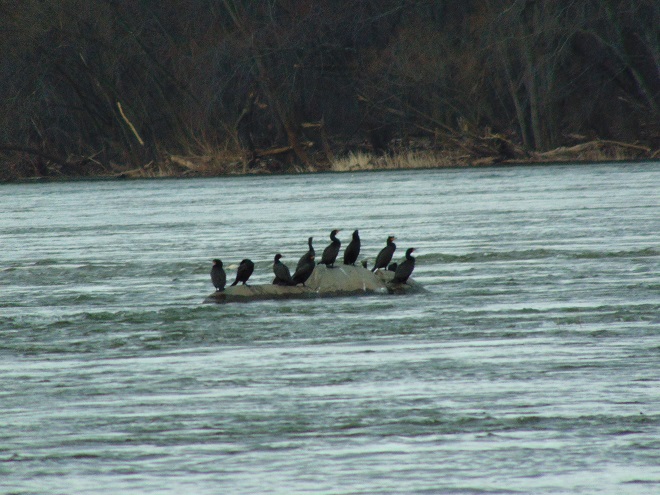
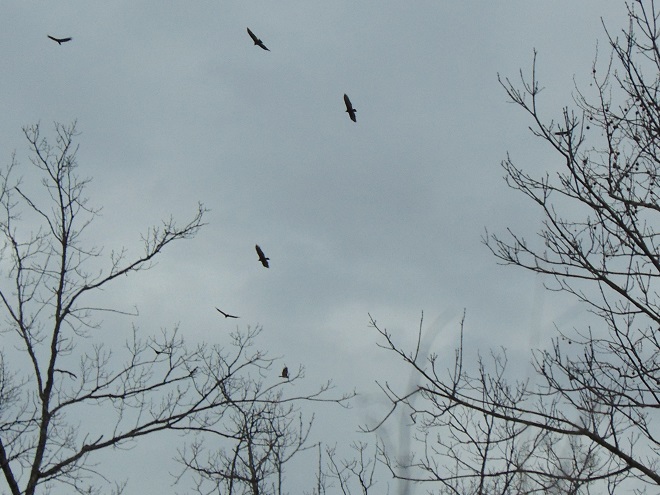
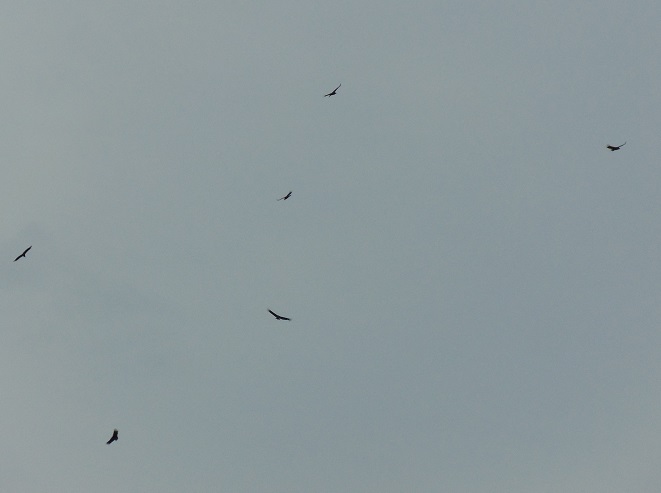
Saturday, March 31: It was cooler, but birds were still on the wing headed north.
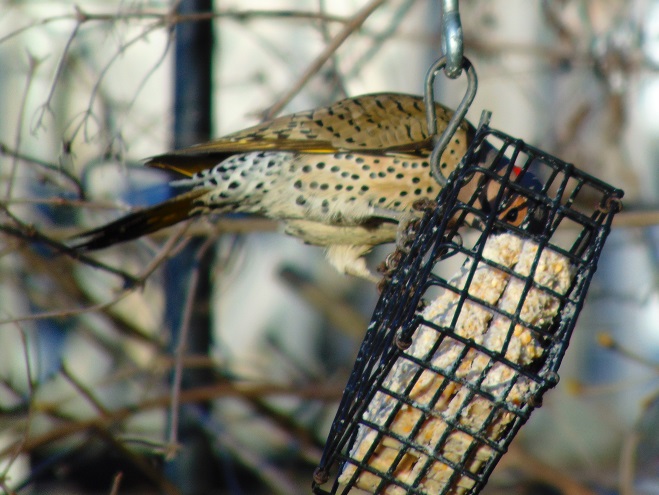
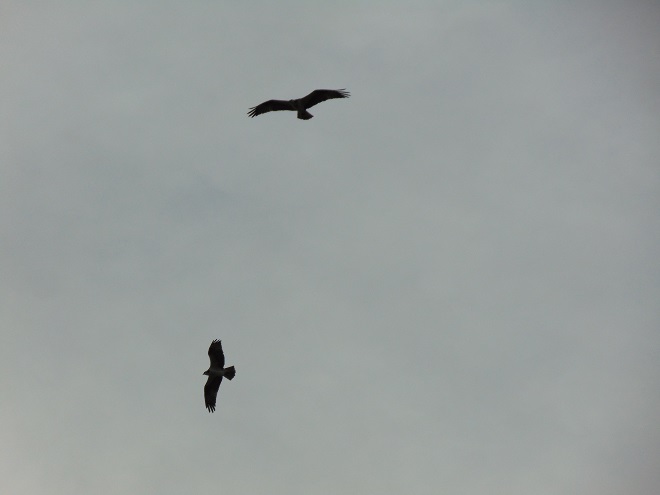
Sunday, April 1: The morning was pleasant, but conditions became cooler and breezy in the afternoon. Migratory and resident birds began feeding ahead of another storm.
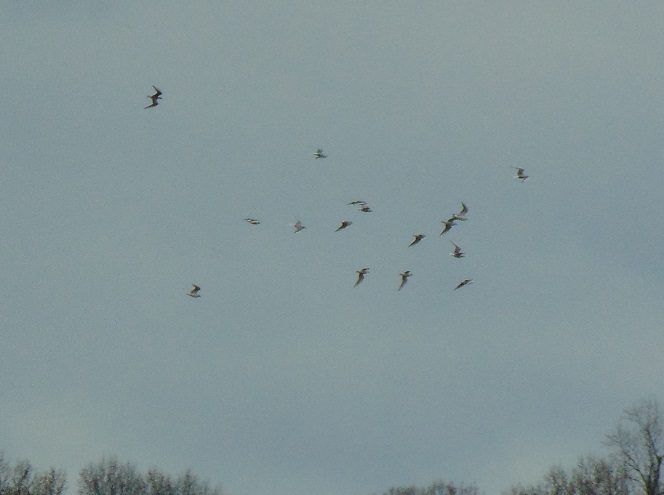
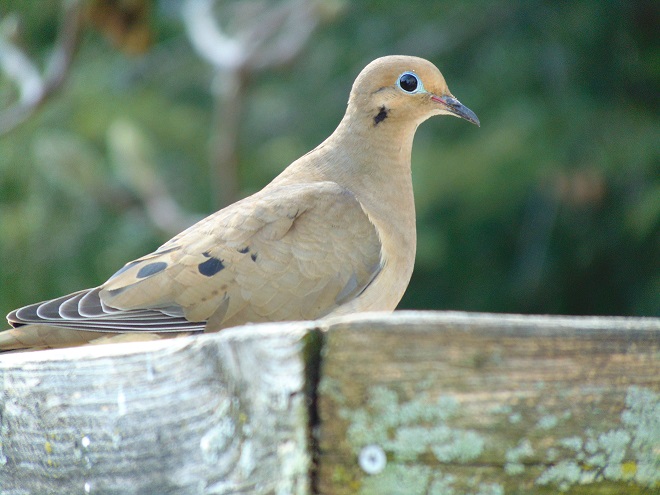

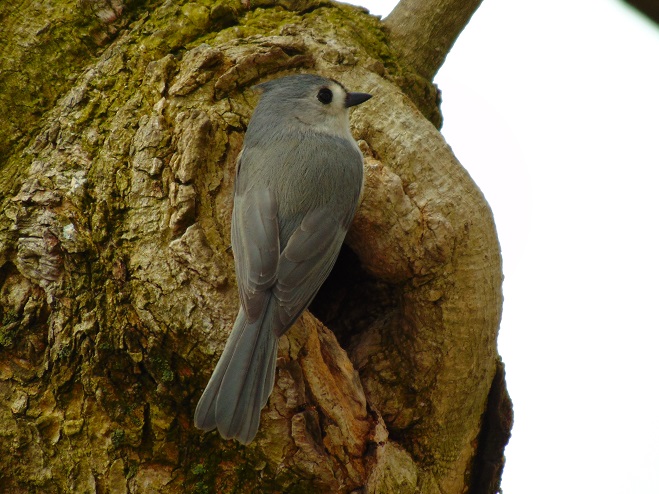
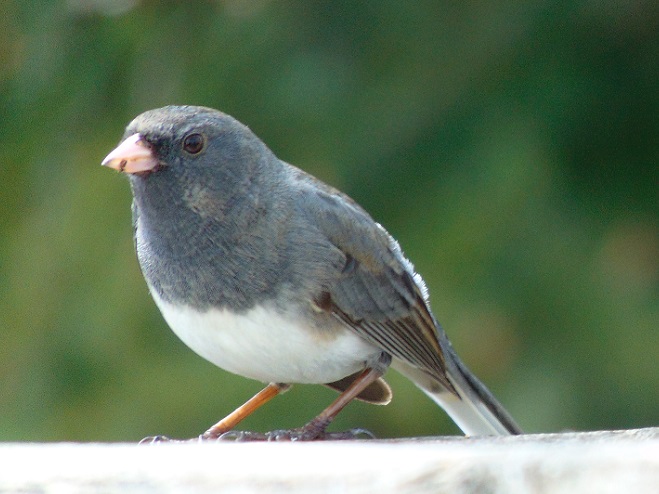
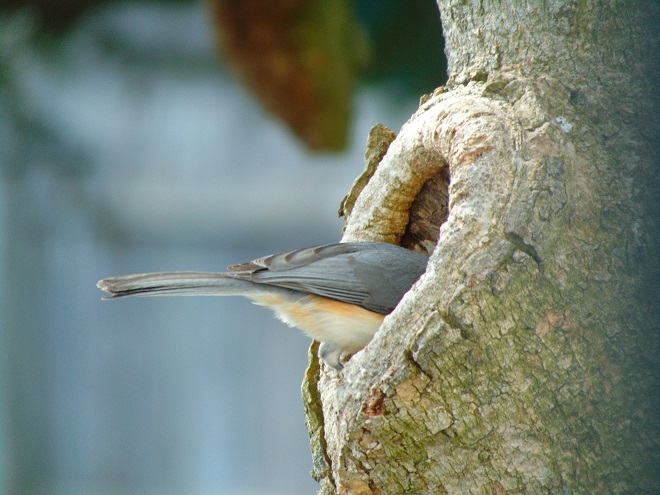

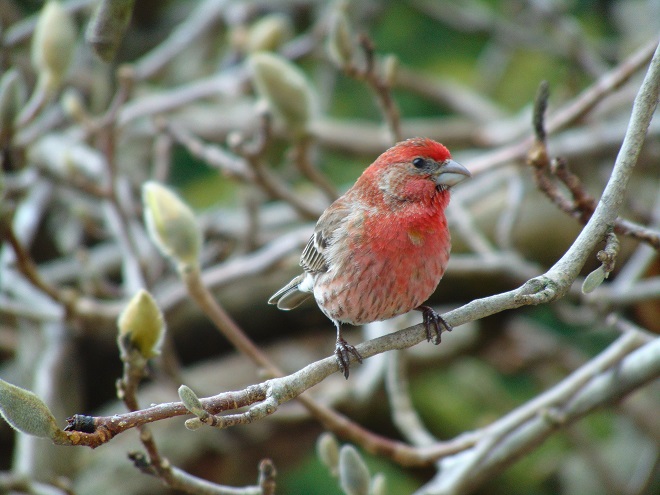
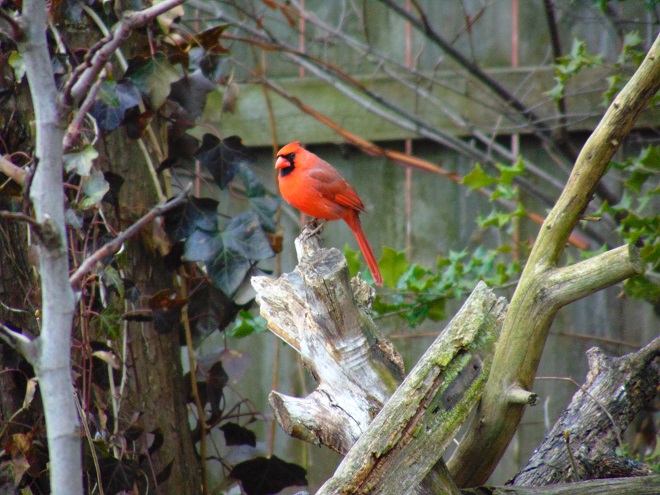
Monday, April 2: Snow fell again, overnight and through the morning—a couple of inches. Most of the snow had melted away by late afternoon.
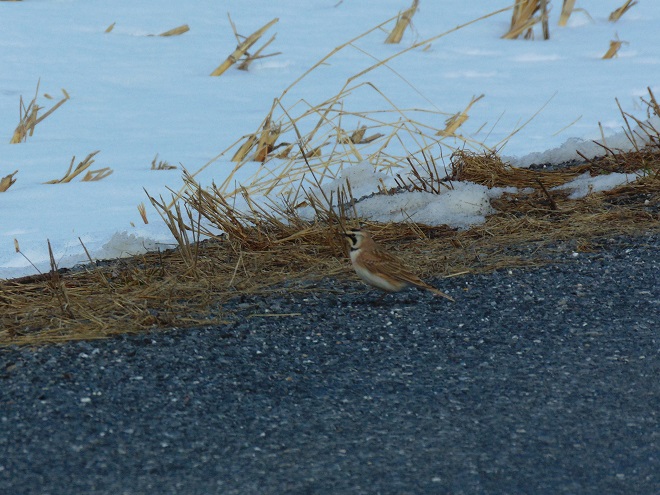
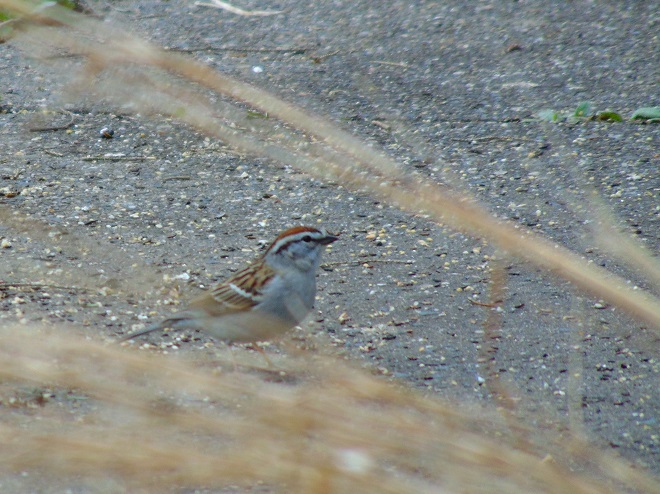
At the moment there is a heavy snow falling, not an unusual occurrence for mid-February, nevertheless, it is a change in weather. Forty-eight hours ago we were in the midst of a steady rain and temperatures were in the sixties. The snow and ice had melted away and a touch of spring was in the air.
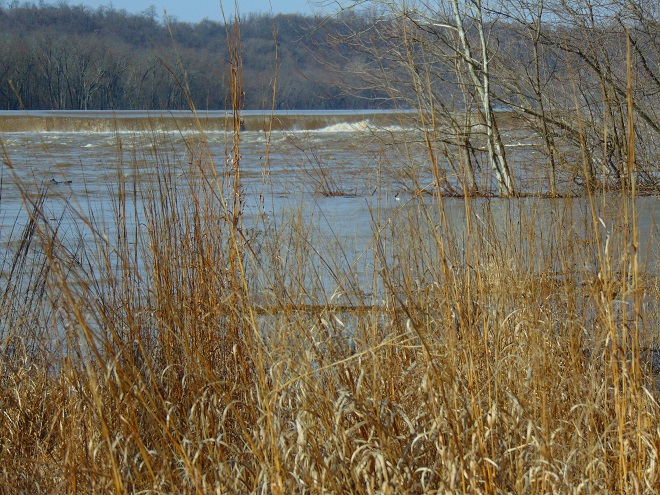
Anyone casually looking about while outdoors during these last several days may have noticed that birds are indeed beginning to migrate north in the lower Susquehanna valley. Killdeer, American Robins, Eastern Bluebirds, Red-winged Blackbirds, and Common Grackles are easily seen or heard in most of the area now.
Just hours ago, between nine o’clock this morning and one o’clock this afternoon, there was a spectacular flight of birds following the river north, their spring migration well underway. In the blue skies above Conewago Falls, a steady parade of Ring-billed Gulls was utilizing thermals and riding a tailwind from the south-southeast to cruise high overhead on a course toward their breeding range.
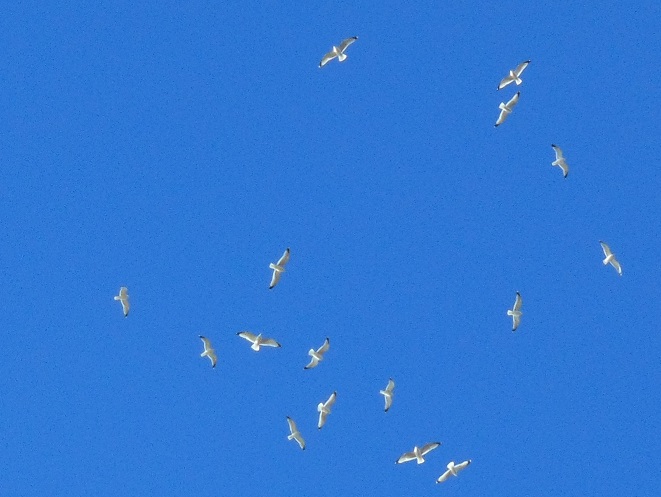
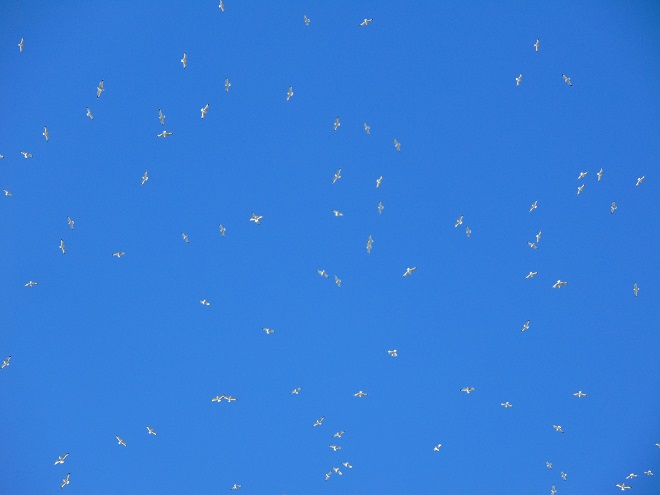
The swirling hoards of Ring-billed Gulls attracted other migrants to take advantage of the thermals and glide paths on the breeze. Right among them were 44 Herring Gulls, 3 Great Black-backed Gulls, 12 Tundra Swans (Cygnus columbianus), 10 Canada Geese, 3 Northern Pintails (Anas acuta), 6 Common Mergansers, 3 Red-tailed Hawks, a Red-shouldered Hawk, 6 Bald Eagles (non-adults), 8 Black Vultures, and 5 Turkey Vultures.
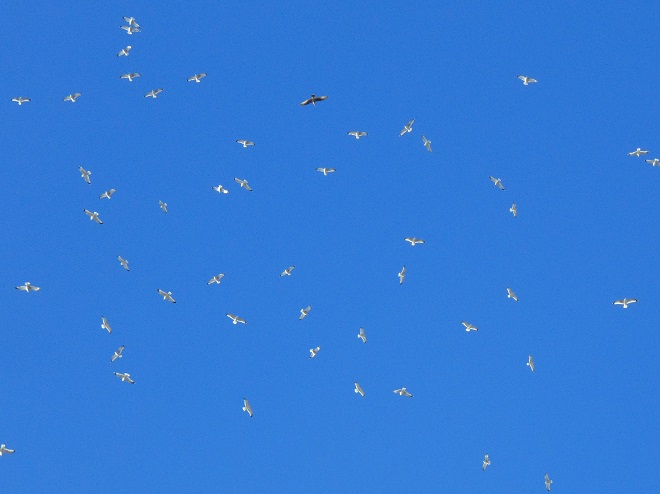
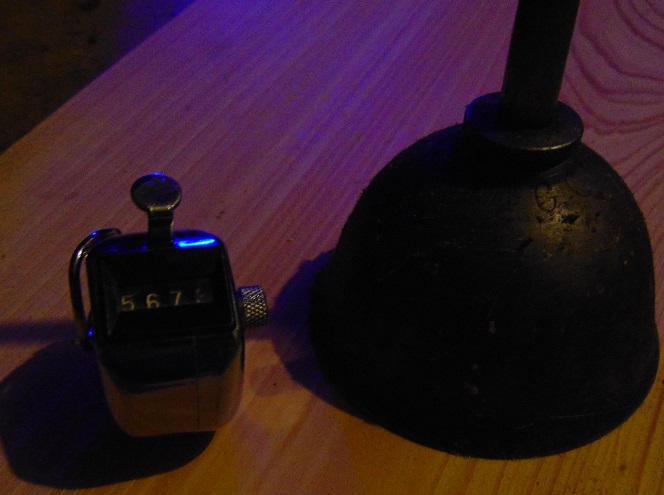
In the afternoon, the clouds closed in quickly, the flight ended, and by dusk more than an inch of snow was on the ground. Looks like spring to me.

A steady stream of birds was on the move this morning over Conewago Falls. There were hundreds of Ring-billed Gulls, scores of Herring Gulls, and a few Great Black-backed Gulls to dominate the flight. Then too there were thirteen Mallards, Turkey Vultures and a Black Vulture, twenty or more American Robins, a half a dozen Bald Eagles (juvenile and immature birds), a couple of Red-winged Blackbirds, and, perhaps most unusual of all, a flock of a dozen Scoters (Melanitta species), a waterfowl typical of the Mid-Atlantic surf in winter. All of these birds were diligently following the river, and into a headwind no less.
“Hold on just a minute there, buster,” you may say, “I’ve looked at the migration count by dutifully clicking on the logo above and there is nothing but zeroes on the count sheet for today. The season totals have not changed since the previous count day!”
Ah-ha, my dedicated friend, correct you are. It seems that today’s bird flight was solely in one direction. And that direction was upriver, moving north into a north breeze, on a heading which conflicts with all logic for creatures that should still be headed south for winter. As a result, none of the birds observed today were counted on the “Autumn Migration Count”.
You might say, “Don’t you know that Winter Solstice was three days ago, so autumn and autumn migration is over.”
Okay, point well taken. I should therefore clarify that what we title as “Autumn Migration Count” is more accurately a census of birds, insects, and other creatures transiting from northerly latitudes to more favorable latitudes to the south for winter. This transit can begin as early as late June and extend into the first weeks of winter. While most of this movement is motivated by the reduced hours of daylight during the period, late season migrants are often responding to ice, bad weather, or lack of food to prompt a journey further south. Migration south in late December and January occurs even while the amount of daylight is increasing slightly in the days following the Winter Solstice.
So what of the birds seen flying north today? There was some snow cover that has melted away, and the ice that formed on the river a week ago is gone due to the milder than normal temperatures this week.
One may ask, “Were the birds seen today migrating north?”
Let’s look at the species seen moving upriver today a try to determine their motivation.
First, and perhaps most straight-forward, is the huge flight of gulls. Wintering gulls on the Susquehanna River near Conewago Falls tend to spend their nights in flocks on the water or on treeless islands and rocky outcrops in the river. Many hundreds, sometimes thousands, find such favorable sites along the fifteen mile stretch of river from Conewago Falls downstream to Lake Clarke and the Conejohela Flats at Washington Boro. Each morning most of these gulls venture out to suburbia, farmland, landfill, hydroelectric dams, and other sections of river in search of food. Gulls are very able fliers and easily cover dozens of miles outbound and inbound each day in search of food. Many of the gulls seen this morning were probably on their way to the Harrisburg metropolitan area to eat trash. Barring any extraordinary buildups of ice on this section of river, one would expect these gulls to remain and make these daily excursions to food sources through early spring.
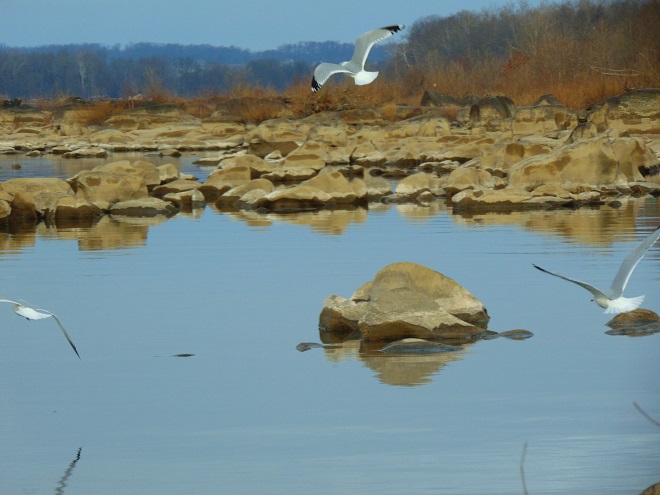
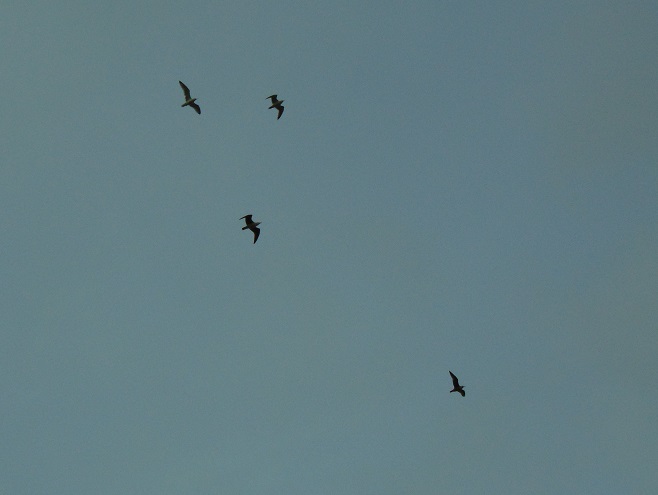
Second, throughout the season Bald Eagles have been tallied on the migration count with caution. Flight altitude, behavior, plumage, and the reaction of the “local” eagles to these transients was carefully considered before counting an eagle as a migrant. They roam a lot, particularly when young, and range widely to feed. The movement of eagles up the river today was probably food related. A gathering of adult, juvenile, and immature Bald Eagles could be seen more than a half mile upstream from the migration count lookout. Those moving up the river seemed to assemble with the “locals” there throughout the morning. White-tailed Deities occasionally drown, particularly when there is thin or unstable ice on the river (as there was last week) and they attempt to tread upon it. Then, their bodies are often stranded among rocks, in trees, or on the crown of the dam. After such a mishap, their carcasses become meals for carrion-eaters in the falls. Such an unfortunate deity, or another source of food, may have been attracting the eagles in numbers today.
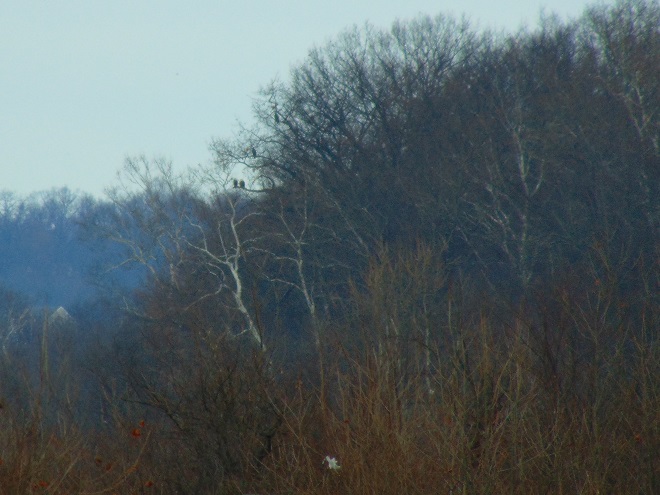
Next, Black and Turkey Vultures often roam widely in search of food. The small numbers seen headed up-river today would tend to mean very little when trying to determine if there is a trend or population shift. Again, food may have been luring them upriver from nearby roosts.
And finally, the scoters, Mallards, American Robins, and Red-winged Blackbirds may have been wandering as well. Toward mid-day, the wind speed picked up and the direction changed to the east. This raises the possibility that these and others of the birds seen today may sense a change in weather, and may seek to take flight from the inclement conditions. Prompted by the ocean breeze and in an attempt to avoid a storm, was there some movement away from the Atlantic Coastal Plain to the upper Piedmont today? Many species may make these types of reactive movements. Is it possible that some birds flee or avoid ever-changing storm tracks and alter there wintering locations based on jet streams, water currents, and other climatic conditions? Probably. These are interesting dynamics and something worthy of study outside the simpler methods of a migration count.
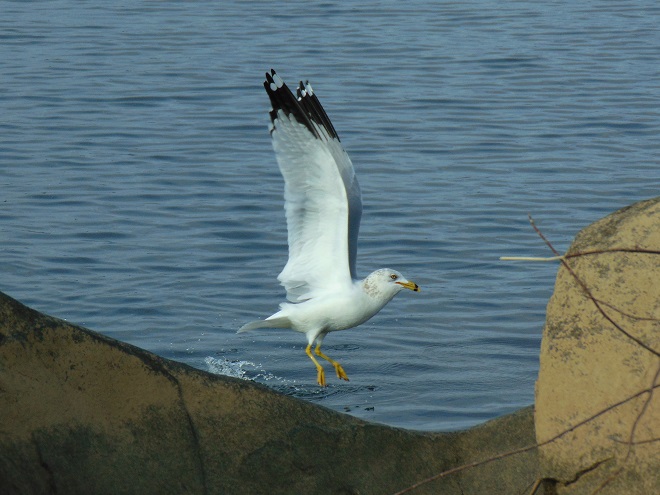
…And if it snows that stretch down south won’t ever stand the strain… –Jimmy Webb
The lower Susquehanna valley’s first snowfall of the season arrived yesterday. By this morning it measured just an inch in depth at Conewago Falls, more to the south and east, less to the west and north. By mid-morning a cold fresh to moderate breeze from the northwest was blowing through the falls and stirring up ripples on the river.
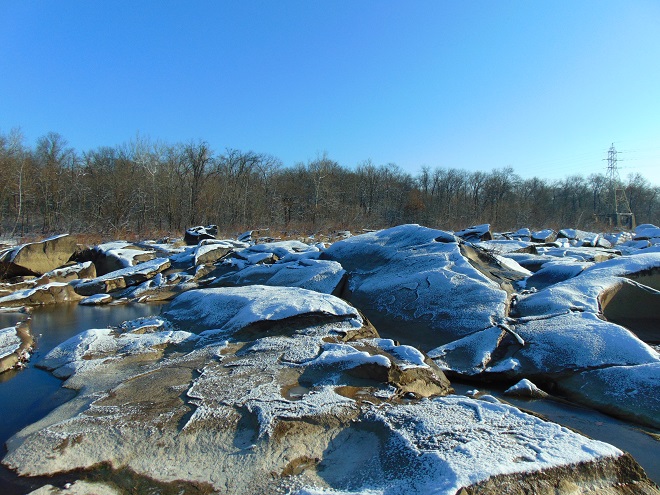
Gulls sailed high overhead on the wind, taking a speedy ride downriver toward Chesapeake Bay, the Atlantic coast, and countless fast-food restaurant parking lots where surviving winter weather is more of a sure thing. Nearly a thousand Ring-billed Gulls soared past the migration count lookout today. Thirteen Herring Gulls and four Great Black-backed Gulls were among them.
Other migrants today included a Mallard, twenty-nine American Black Ducks, two Bald Eagles, eleven Black Vultures, fifteen Turkey Vultures, five American Goldfinches, and fifteen Red-winged Blackbirds. The wintery weather seems to be prompting these late-season travelers to be on their way.

You know, today was like many other days at the falls. As I arrive, I have the habit of checking all the power line towers on both river shorelines to see what may be there awaiting discovery. More often than not, something interesting is perched on one or more of the structures…

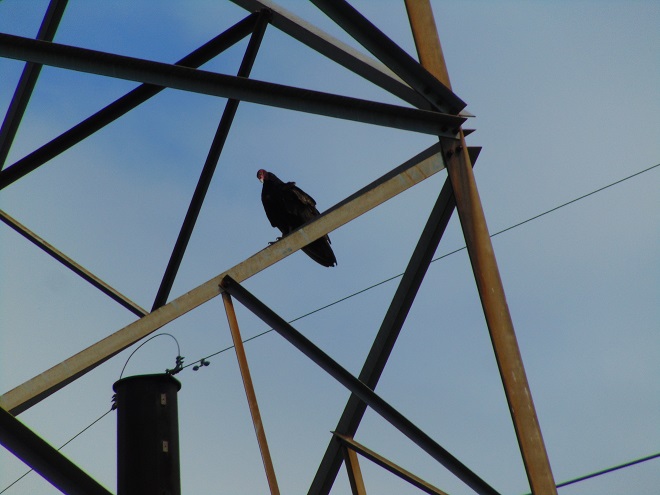
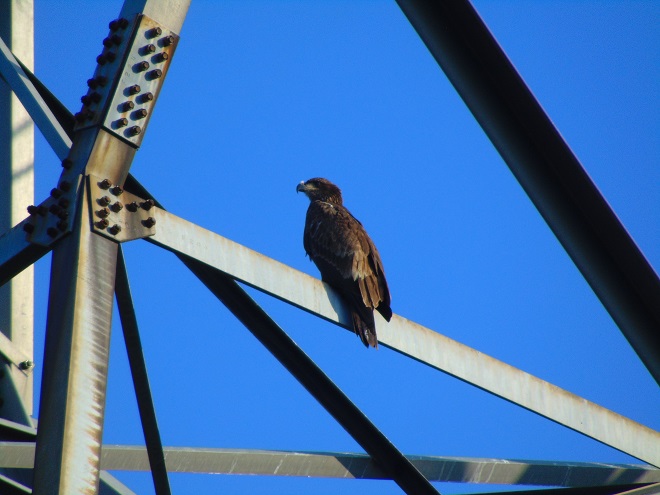
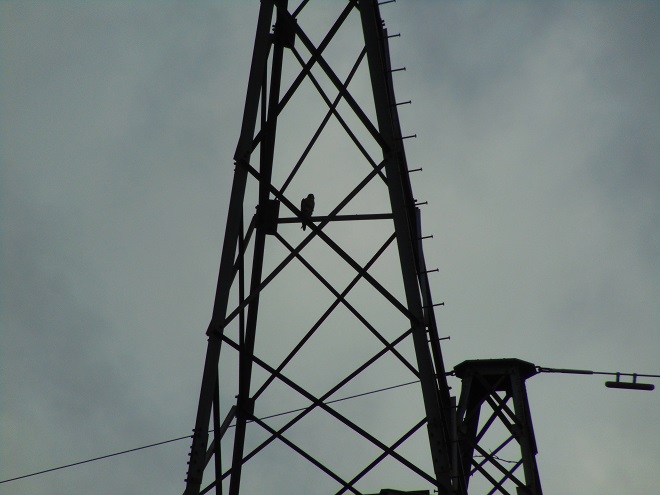
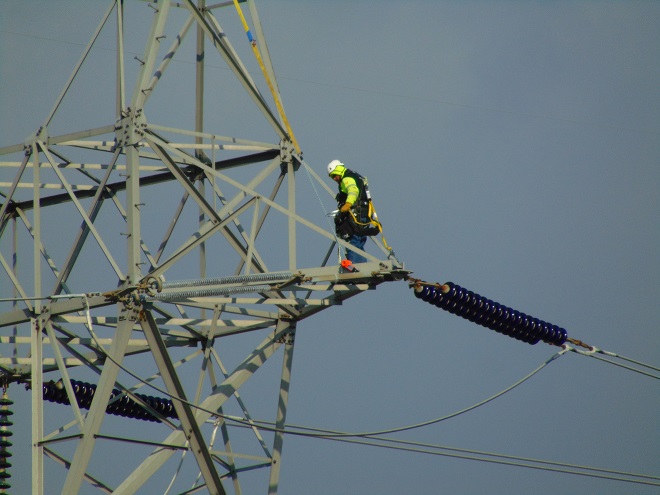
Yes friends, while the birds migrated through high above, down below a coordinated effort was underway to replace some of the electric transmission cable that stretches across the Susquehanna River at Conewago Falls. As you’ll see, this project requires precise planning, preparation, and skill. And it was fascinating to watch!

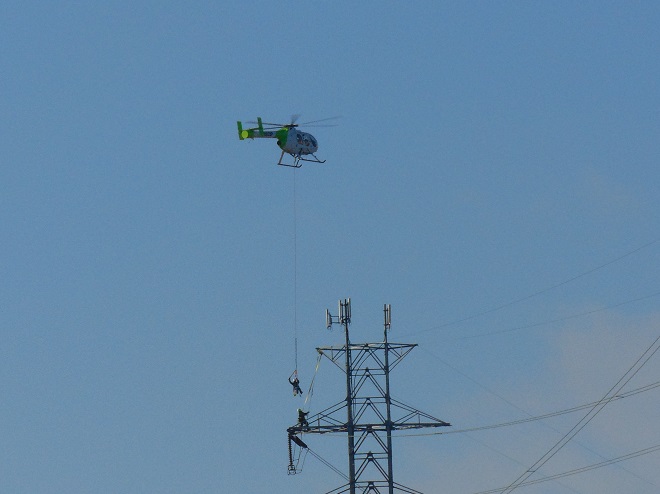
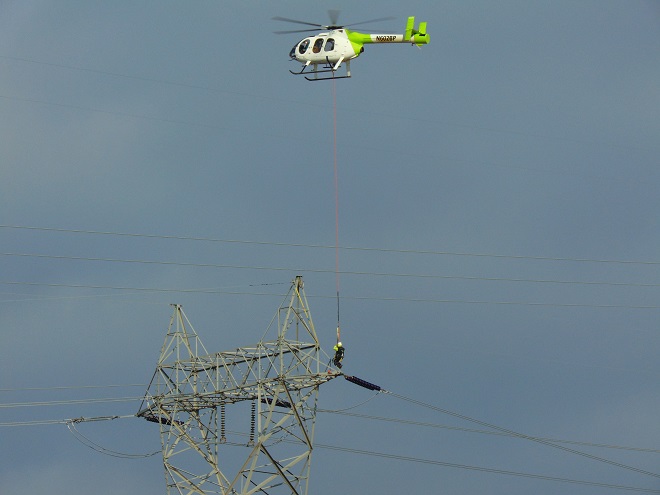

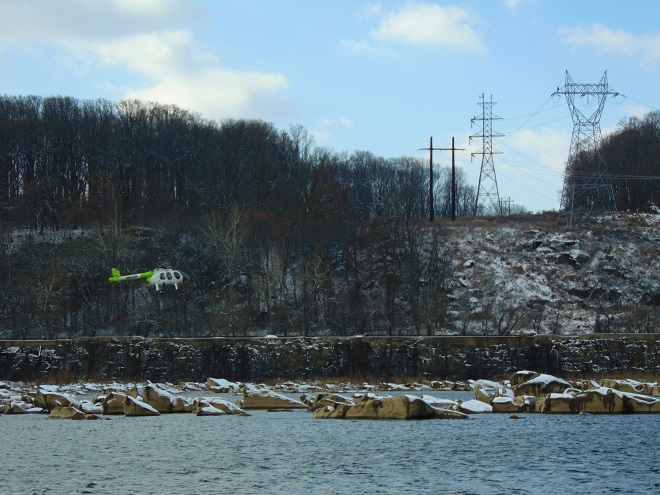


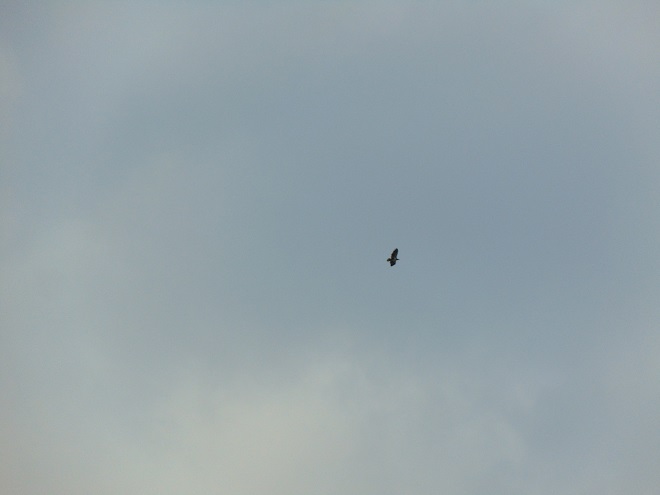
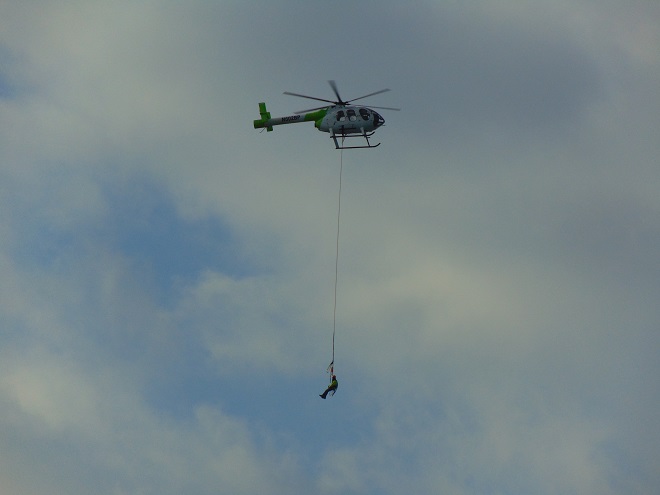
The NOAA National Weather Service radar images from last evening provided an indication that there may be a good fallout of birds at daybreak in the lower Susquehanna valley. The moon was bright, nearly full, and there was a gentle breeze from the north to move the nocturnal migrants along. The conditions were ideal.

The Riparian Woodlands at Conewago Falls were alive with migrants this morning. American Robins and White-throated Sparrows were joined by new arrivals for the season: Brown Creeper (Certhia americana), Ruby-crowned Kinglets (Regulus calendula), Golden-crowned Kinglets (Regulus satrapa), Dark-eyed Junco (Junco hyemalis), and Yellow-rumped Warbler (Setophaga coronata). These are the perching birds one would expect to have comprised the overnight flight. While the individuals that will remain may not yet be among them, these are the species we will see wintering in the Mid-Atlantic states. No trip to the tropics for these hardy passerines.
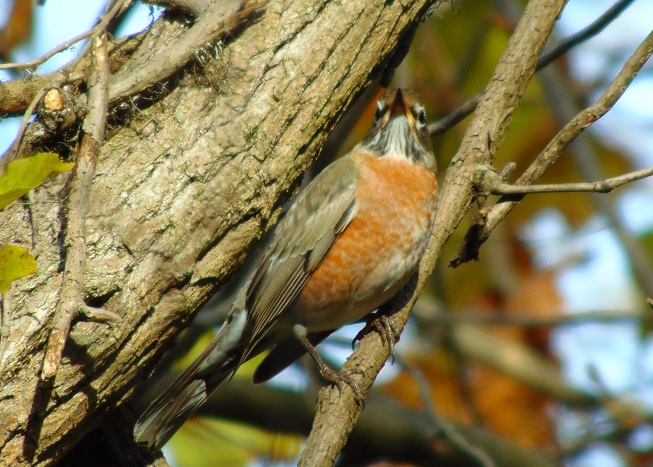
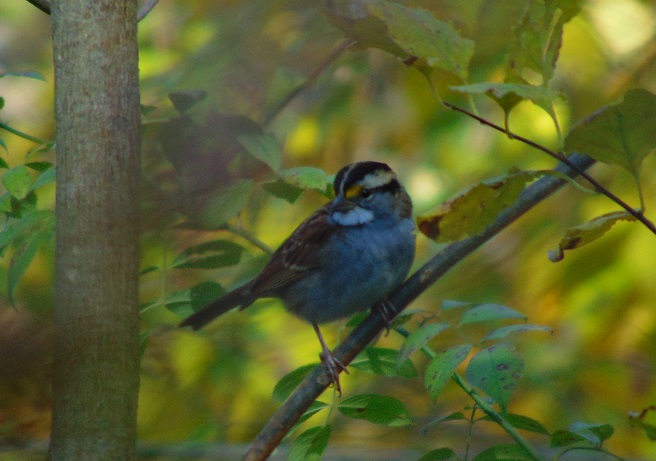
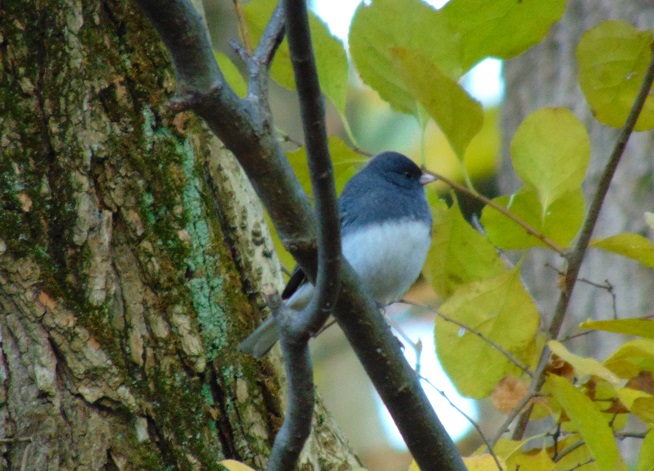


It was a placid morning on Conewago Falls with blue skies dotted every now and then by a small flock of migrating robins or blackbirds. The jumbled notes of a singing Winter Wren (Troglodytes hiemalis) in the Riparian Woodland softly mixed with the sounds of water spilling over the dam. The season’s first Wood Ducks (Aix sponsa), Blue-winged Teal (Spatula discors), Herring Gull (Larus argentatus), Horned Larks (Eremophila alpestris), and White-throated Sparrows (Zonotrichia albicollis) were seen.
There was a small ruckus when one of the adult Bald Eagles from a local pair spotted an Osprey passing through carrying a fish. This eagle’s effort to steal the Osprey’s catch was soon interrupted when an adult eagle from a second pair that has been lingering in the area joined the pursuit. Two eagles are certainly better than one when it’s time to hustle a skinny little Osprey, don’t you think?
But you see, this just won’t do. It’s a breach of eagle etiquette, don’t you know? Soon both pairs of adult eagles were engaged in a noisy dogfight. It was fussing and cackling and the four eagles going in every direction overhead. Things calmed down after about five minutes, then a staring match commenced on the crest of the dam with the two pairs of eagles, the “home team” and the “visiting team”, perched about 100 feet from each other. Soon the pair which seems to be visiting gave up and moved out of the falls for the remainder of the day. The Osprey, in the meantime, was able to slip away.
In recent weeks, the “home team” pair of Bald Eagles, seen regularly defending territory at Conewago Falls, has been hanging sticks and branched tree limbs on the cross members of the power line tower where they often perch. They seem only to collect and display these would-be nest materials when the “visiting team” pair is perched in the nearby tower just several hundred yards away…an attempt to intimidate by homesteading. It appears that with winter and breeding time approaching, territorial behavior is on the increase.
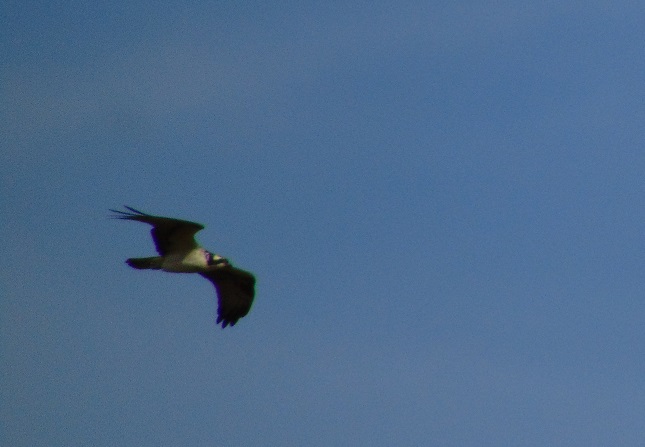
In the afternoon, a fresh breeze from the south sent ripples across the waters among the Pothole Rocks. The updraft on the south face of the diabase ridge on the east shore was like a highway for some migrating hawks, falcons, and vultures. Black Vultures (Coragyps atratus) and Turkey Vultures streamed off to the south headlong into the wind after leaving the ridge and crossing the river. A male and female Northern Harrier (Circus hudsonius), ten Red-tailed Hawks, two Red-shouldered Hawks (Buteo lineatus), six Sharp-shinned Hawks, and two Merlins crossed the river and continued along the diabase ridge on the west shore, accessing a strong updraft along its slope to propel their journey further to the southwest. Four high-flying Bald Eagles migrated through, each following the east river shore downstream and making little use of the ridge except to gain a little altitude while passing by.
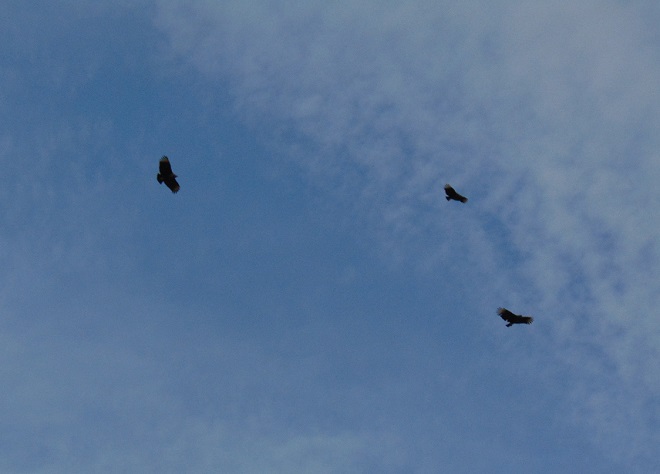
Late in the afternoon, the local Bald Eagles were again airborne and cackling up a storm. This time they intercepted an eagle coming down the ridge toward the river and immediately forced the bird to climb if it intended to pass. It turned out to be the best sighting of the day, and these “home team” eagles found it first. It was a Golden Eagle (Aquila chrysaetos) in crisp juvenile plumage. On its first southward voyage, it seemed to linger after climbing high enough for the Bald Eagles to loose concern, then finally selected the ridge route and crossed the river to head off to the southwest.
